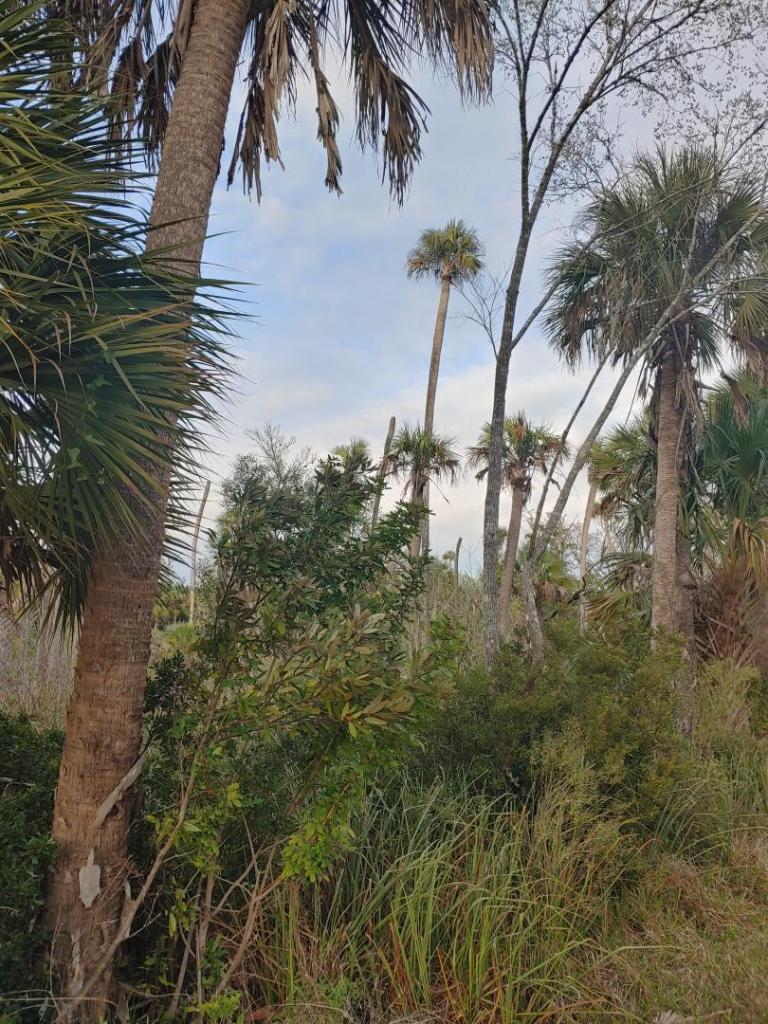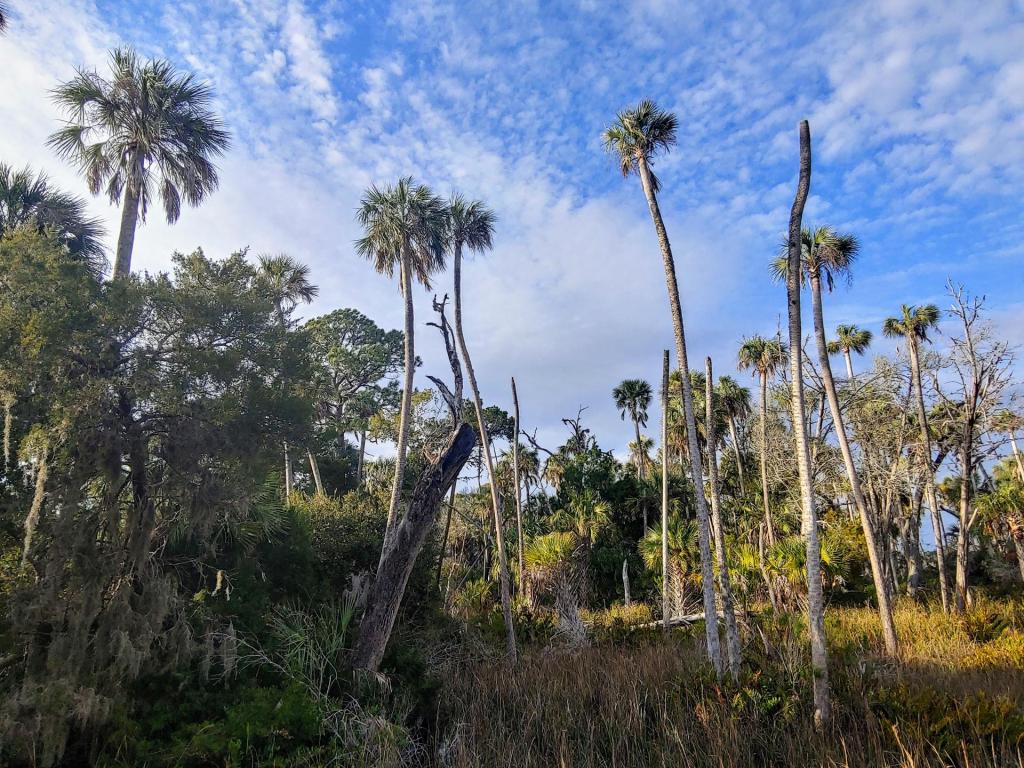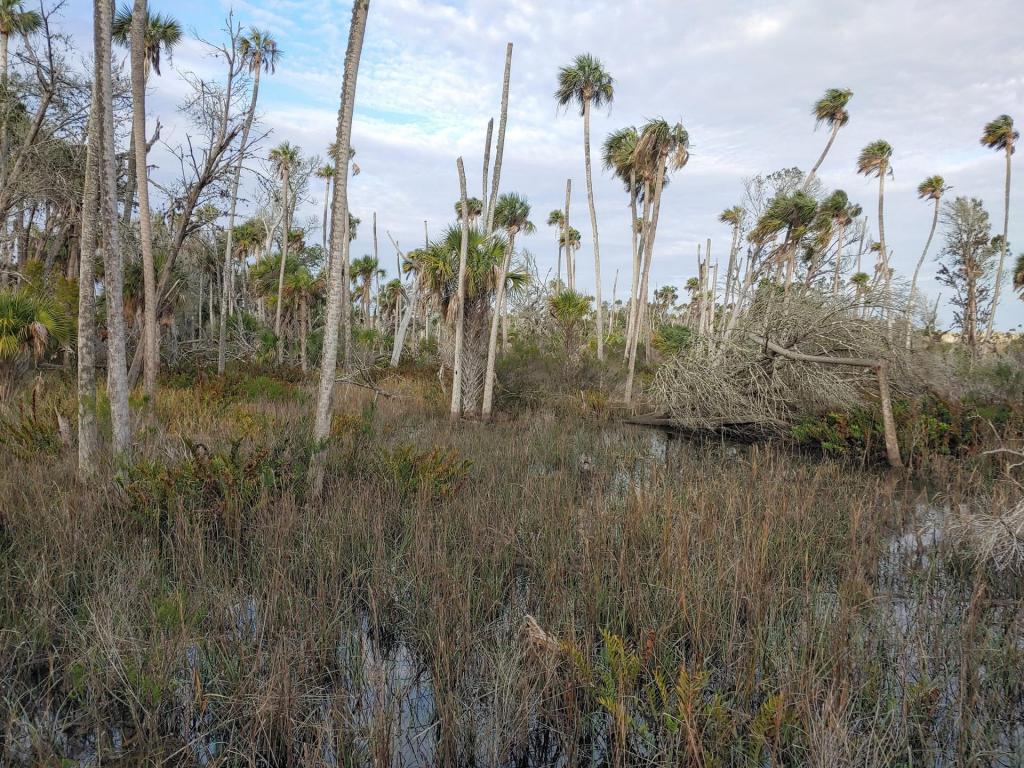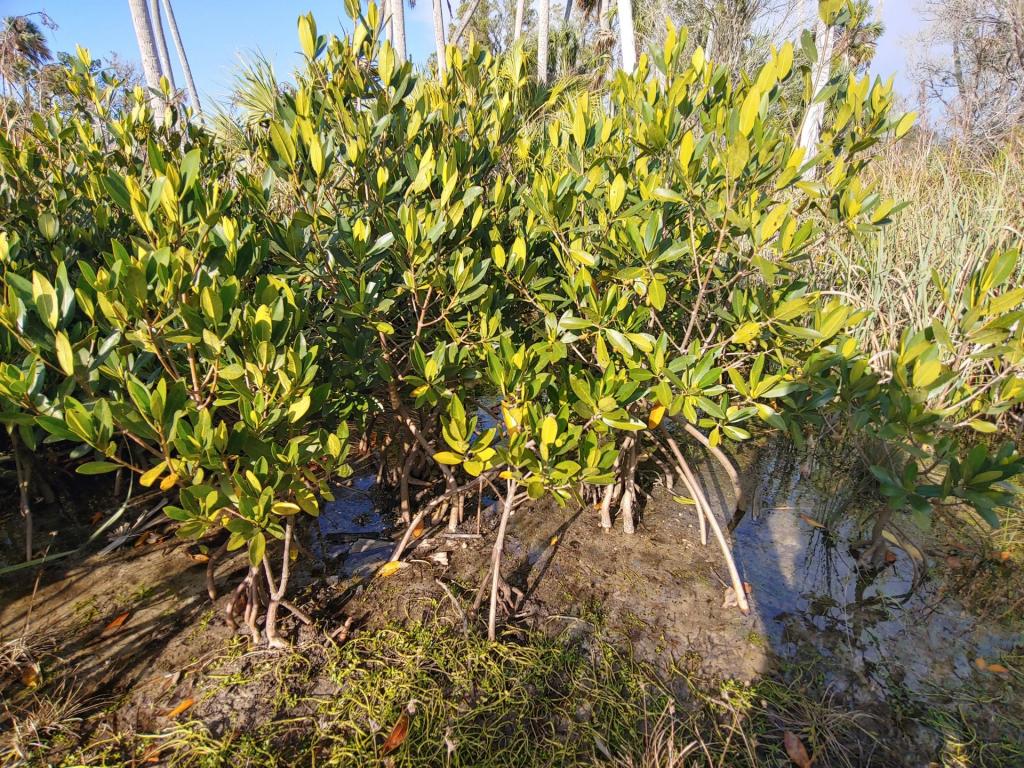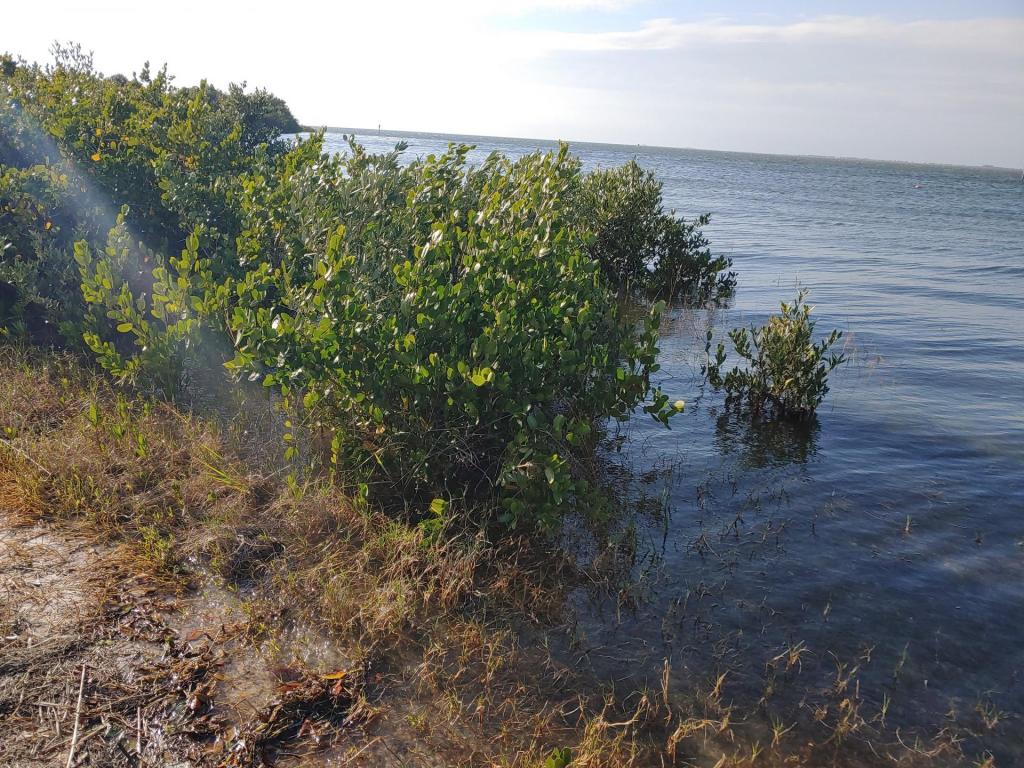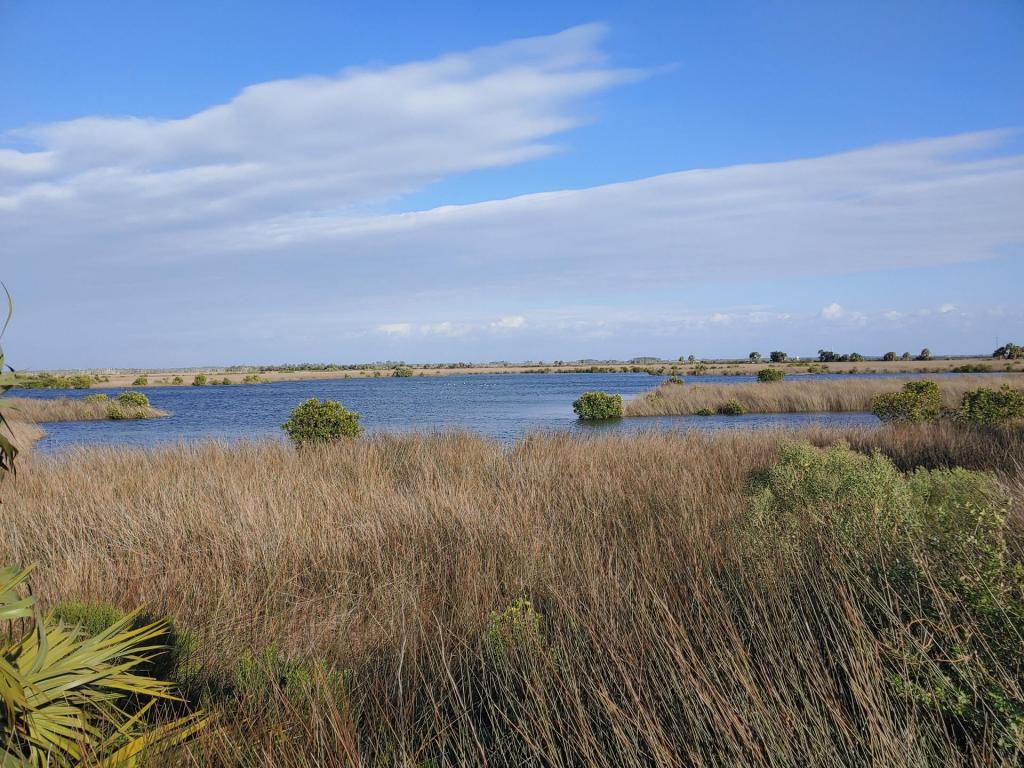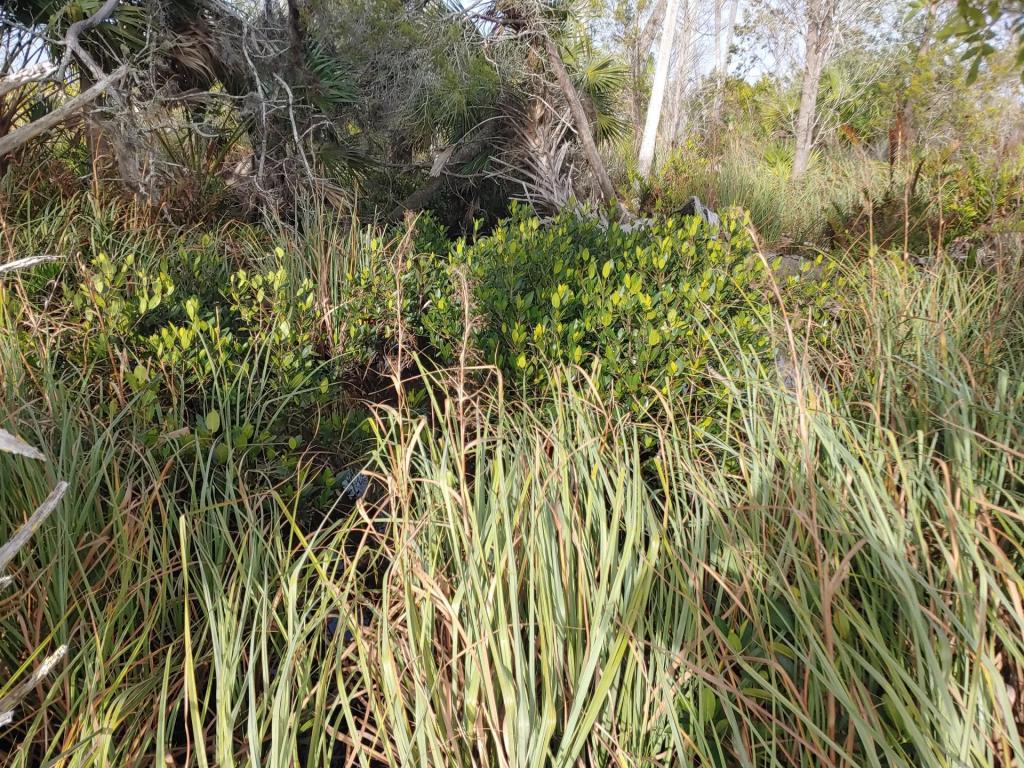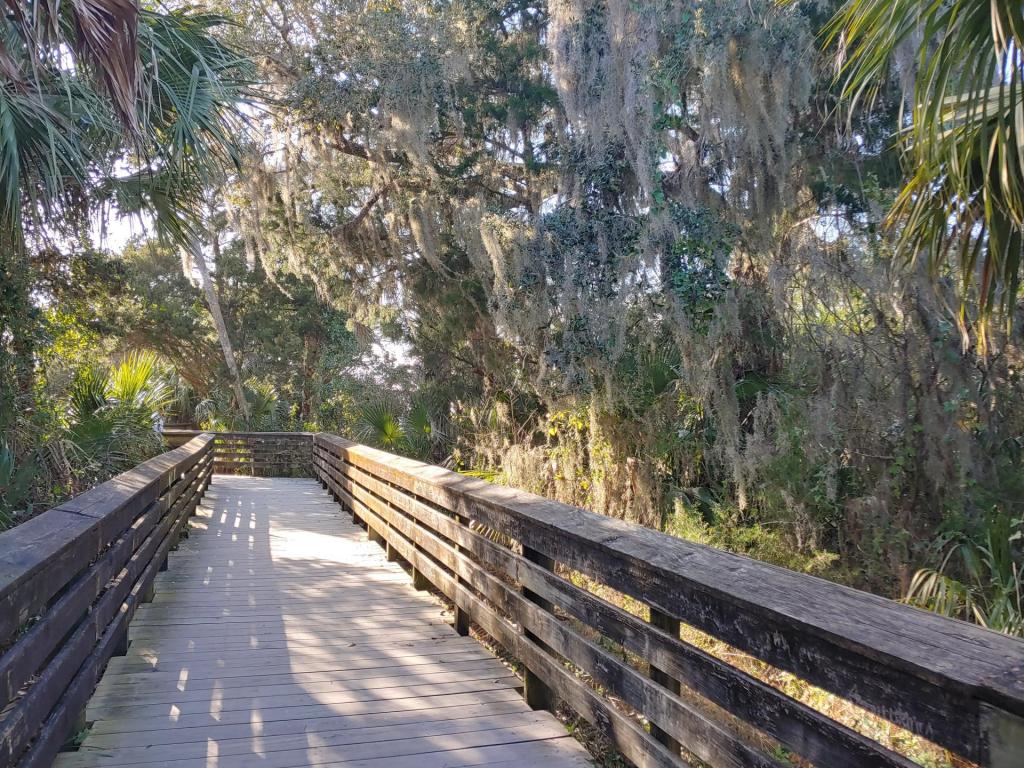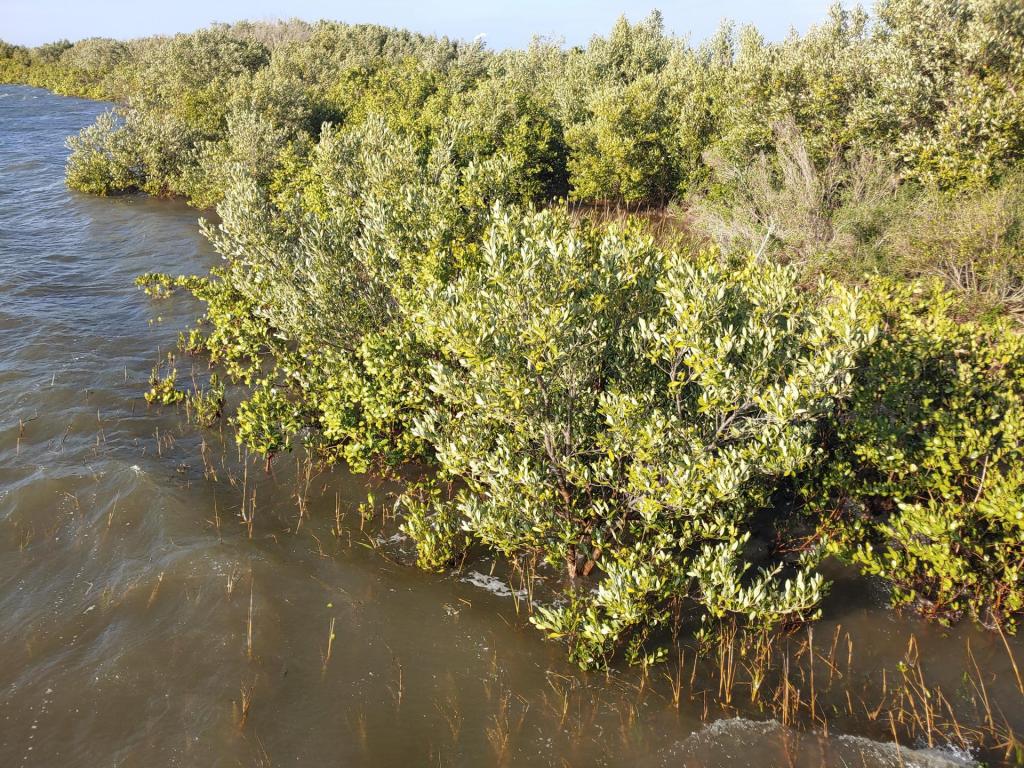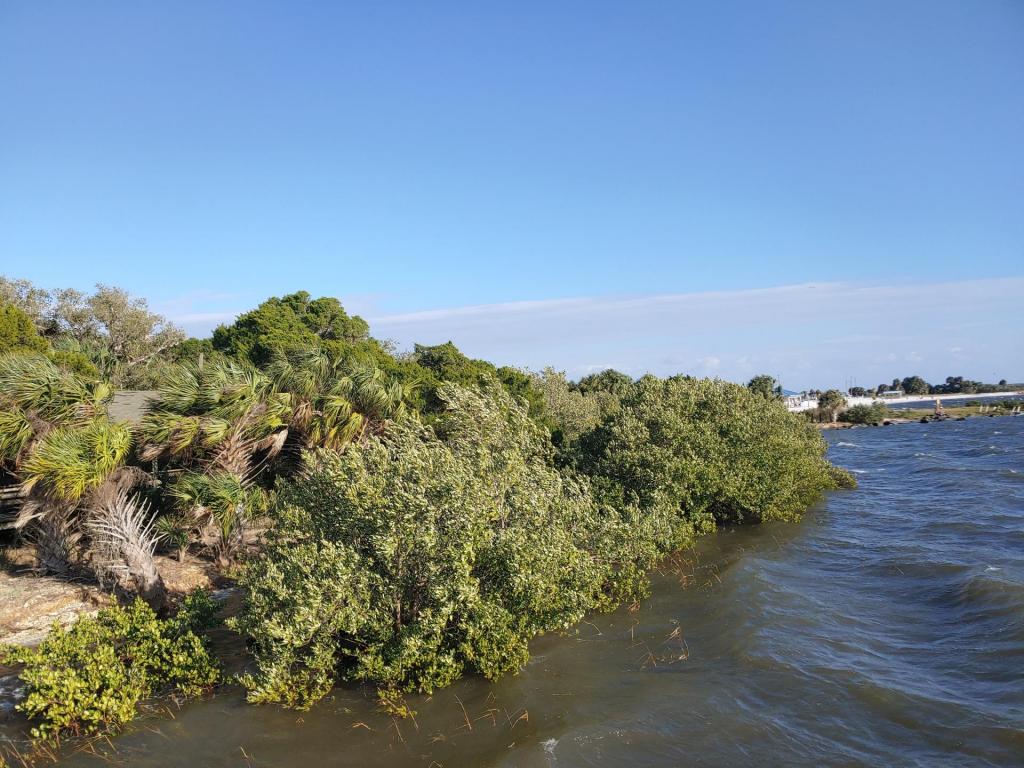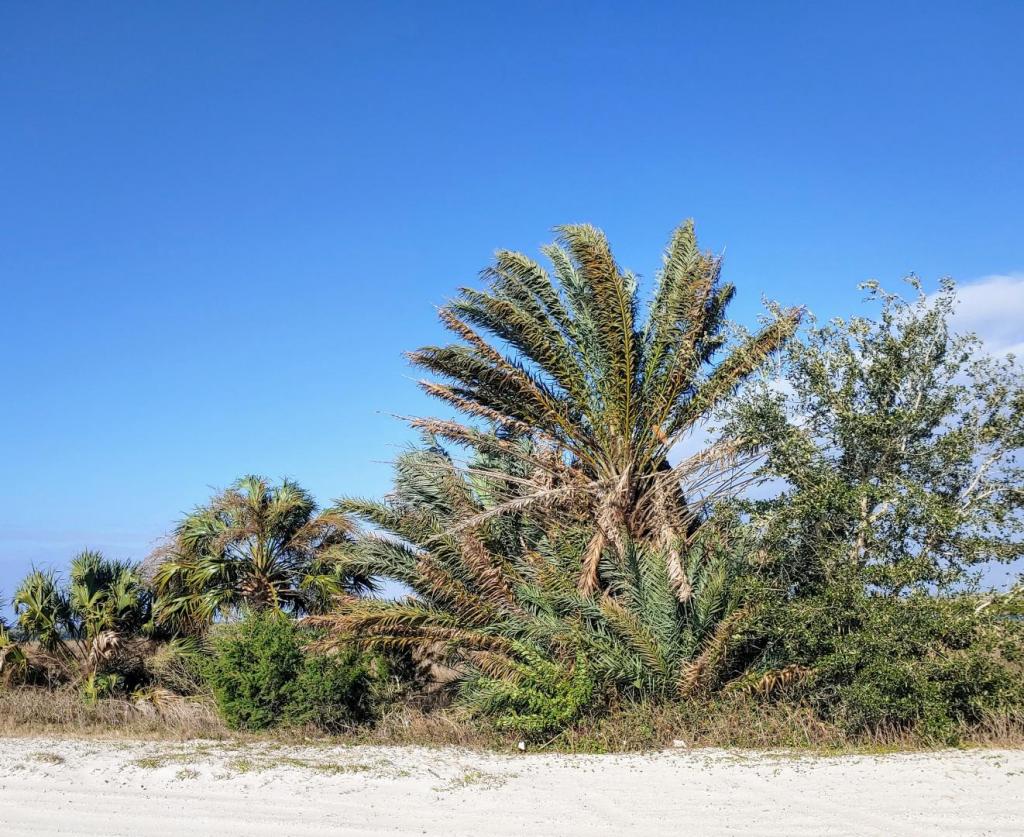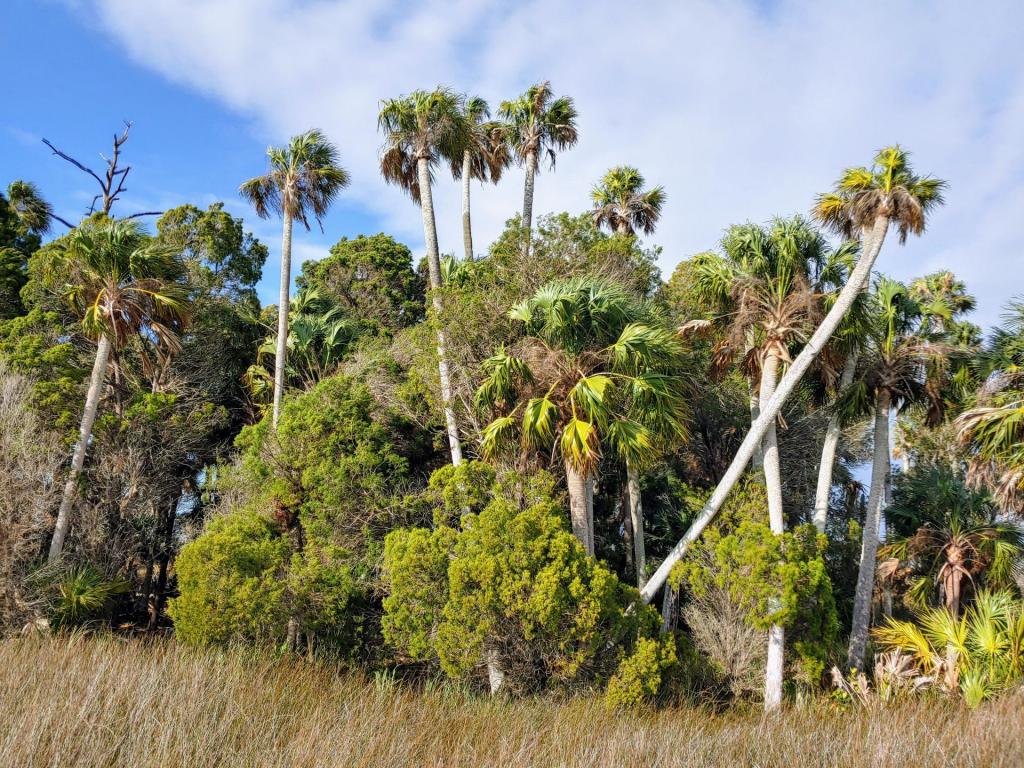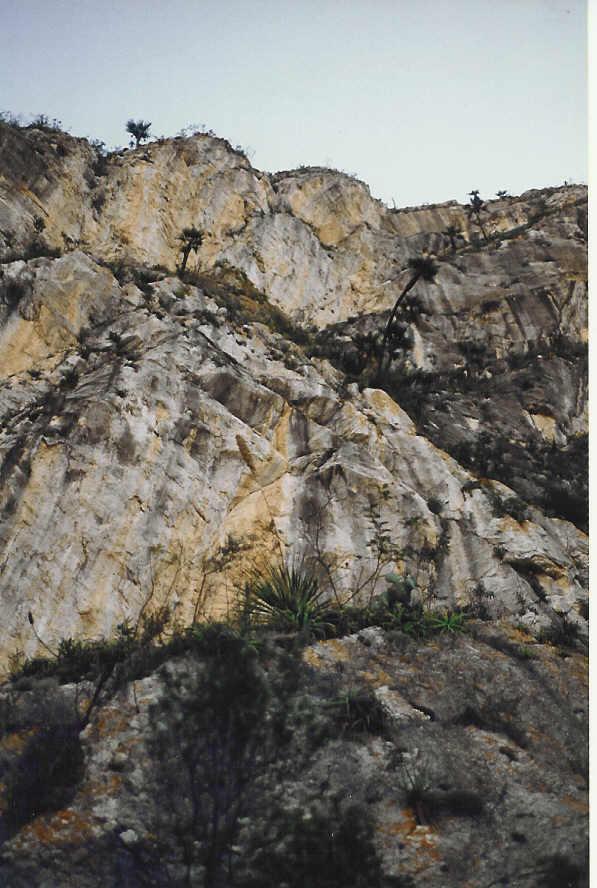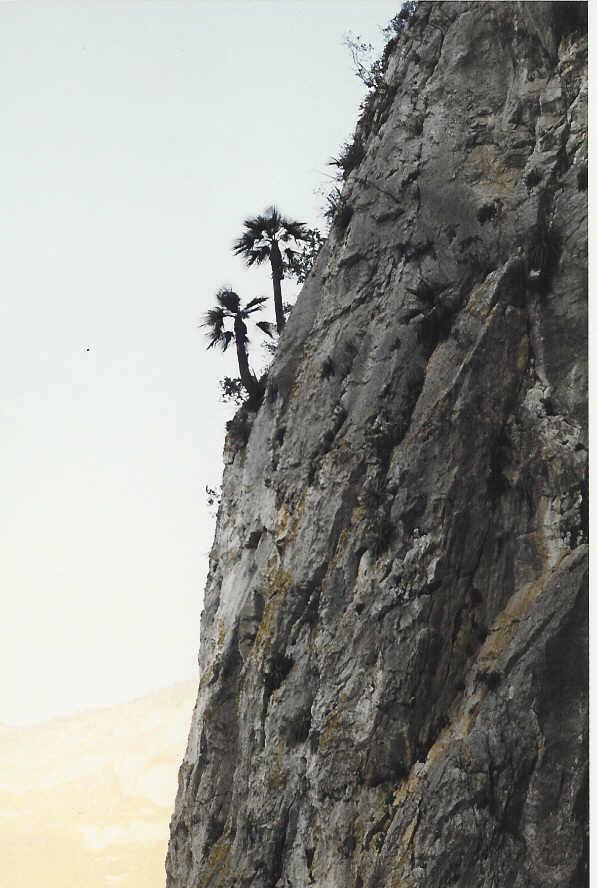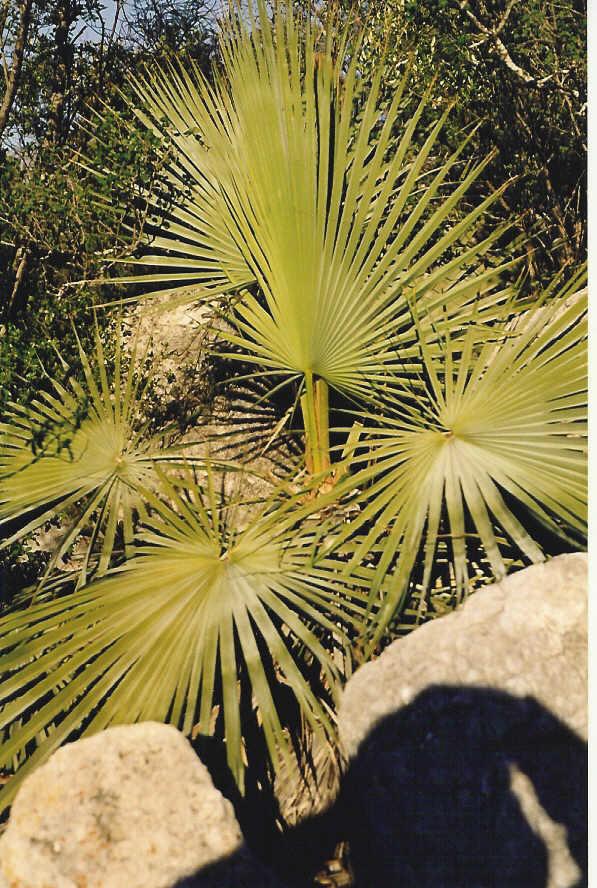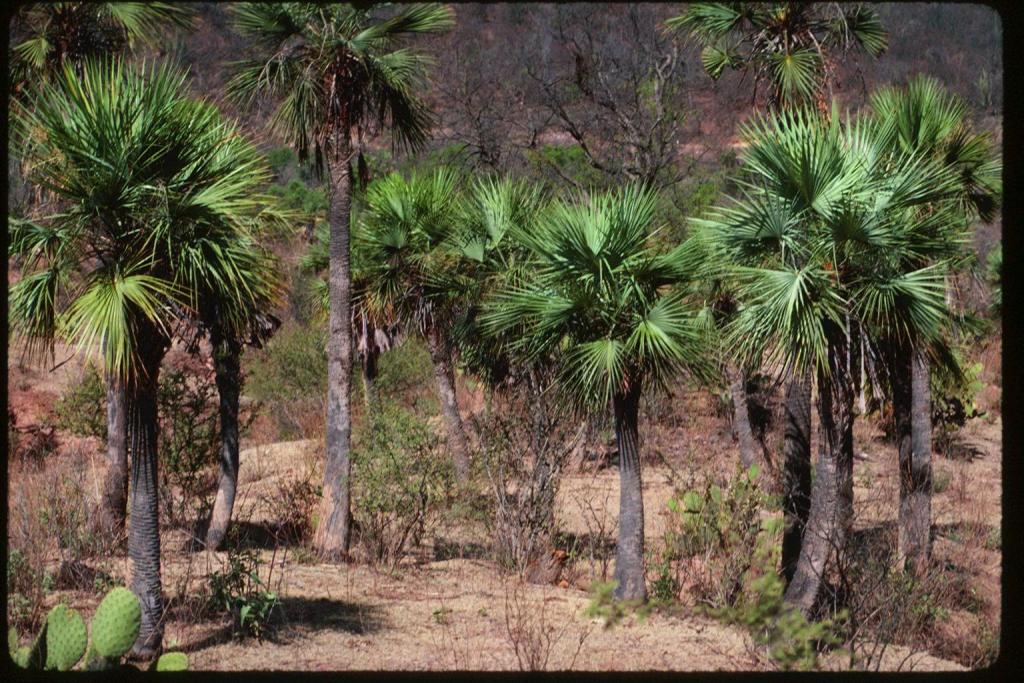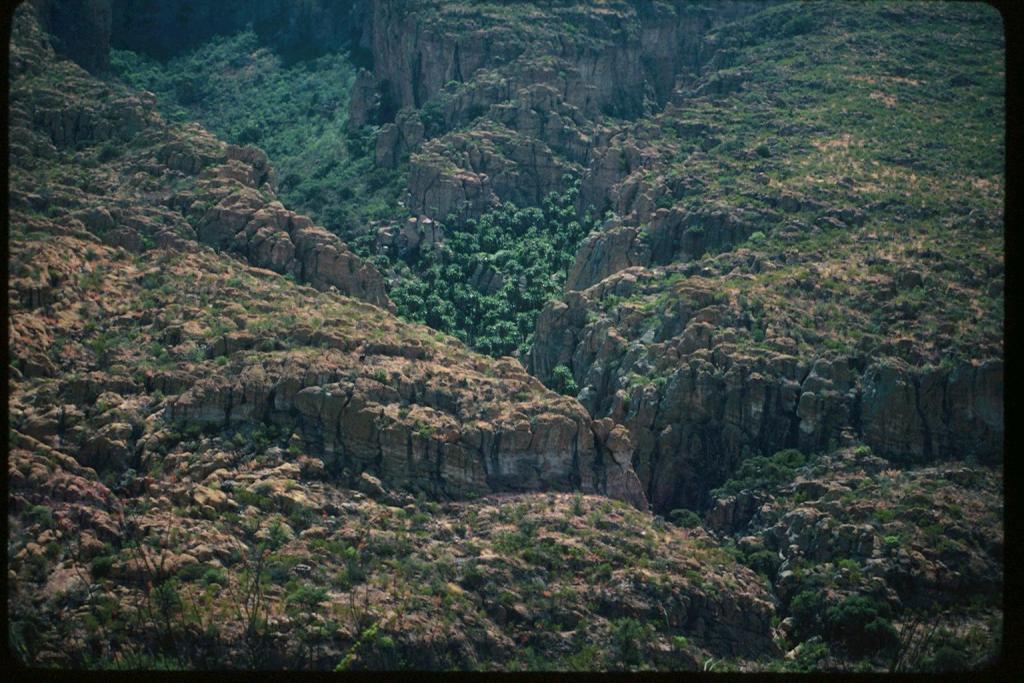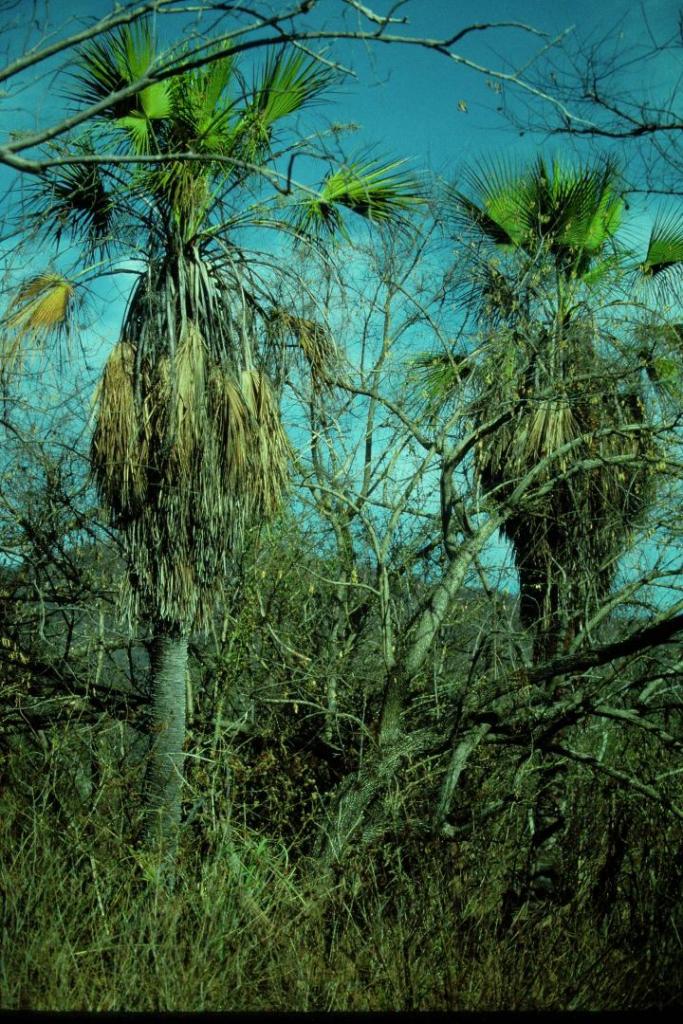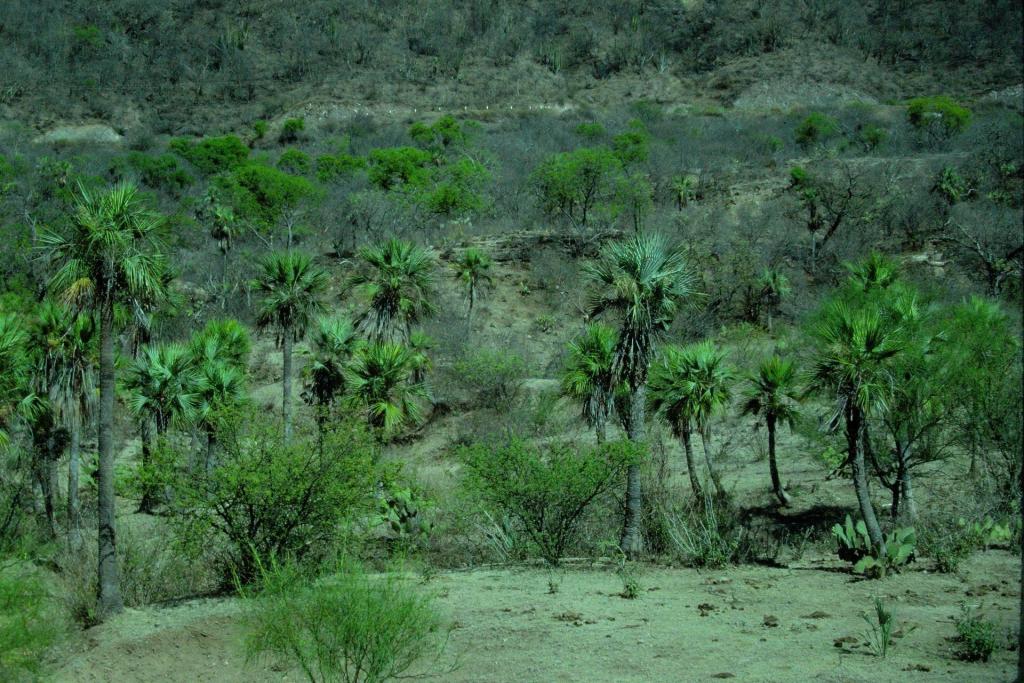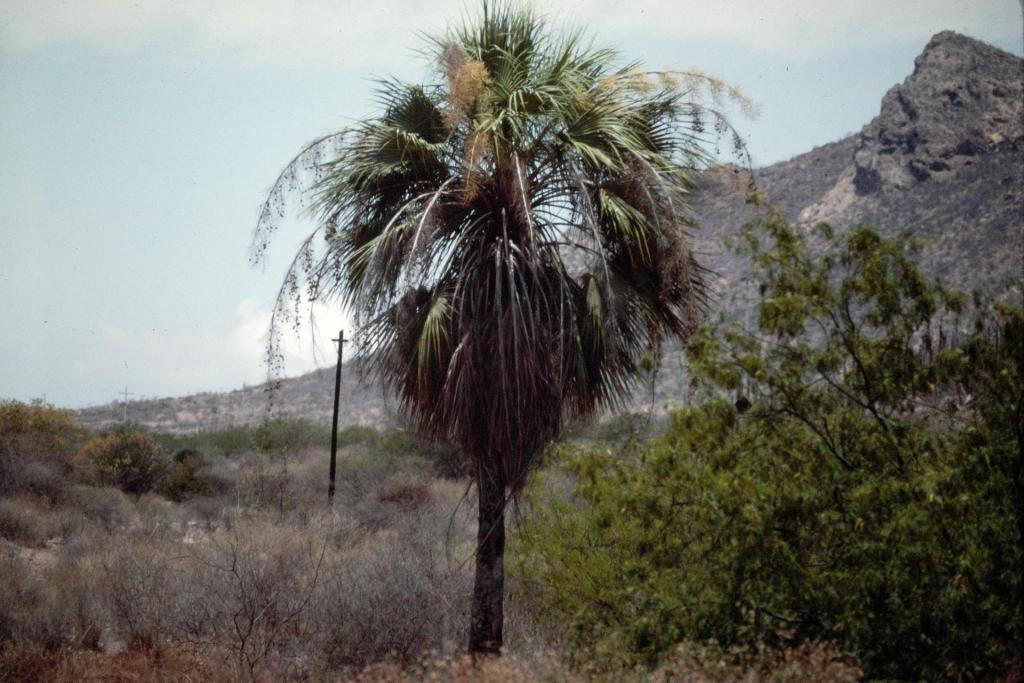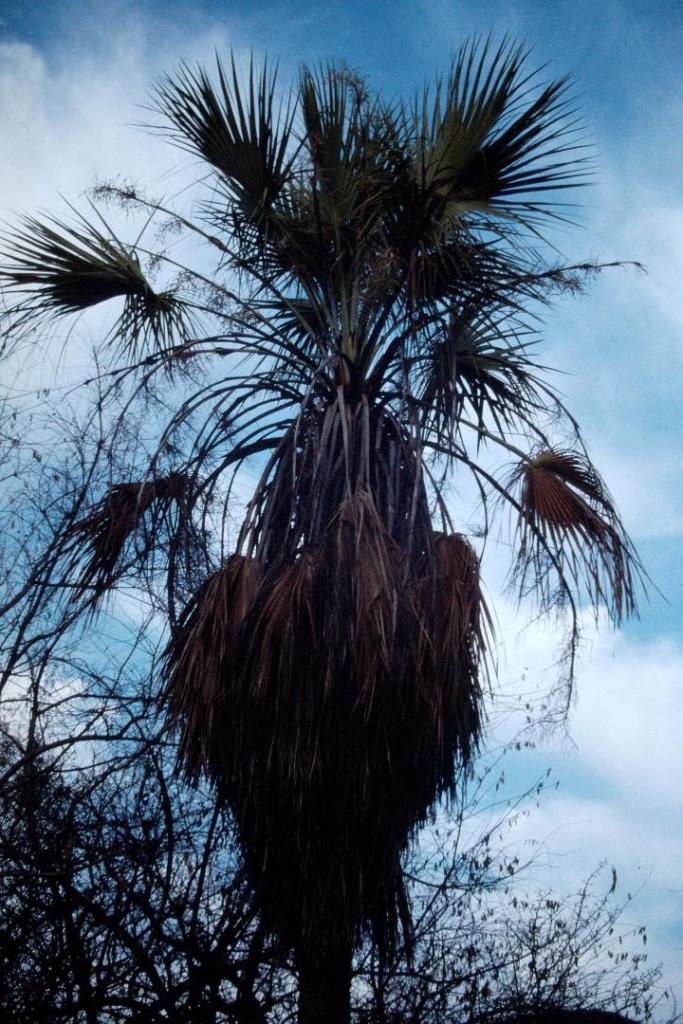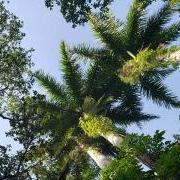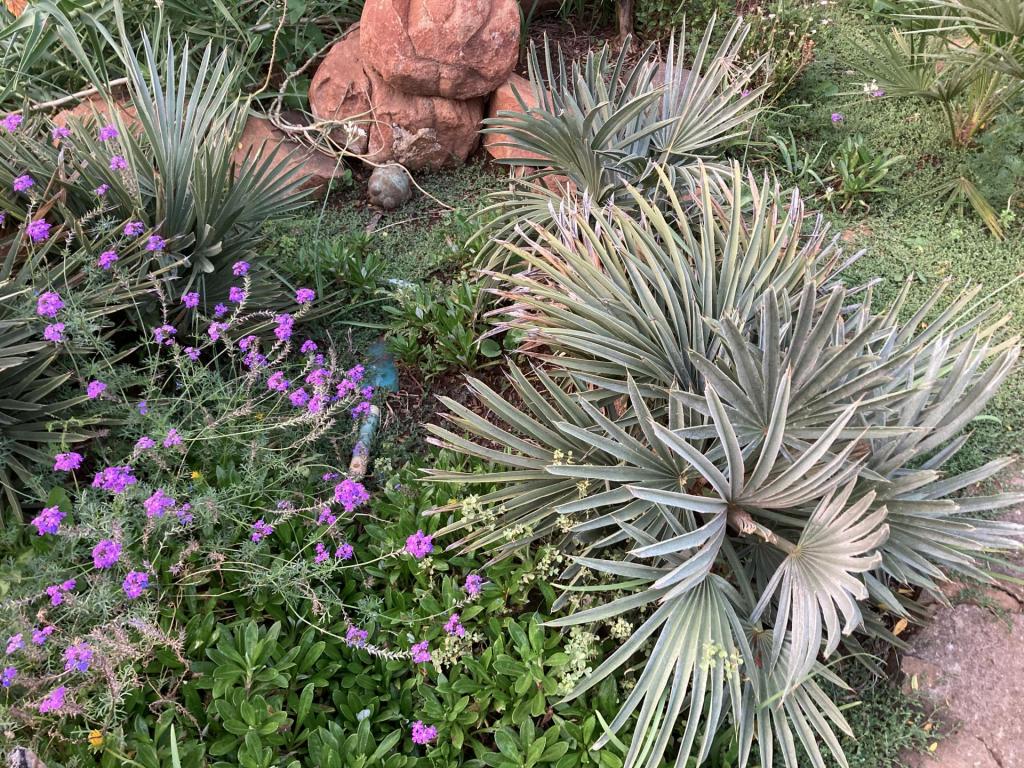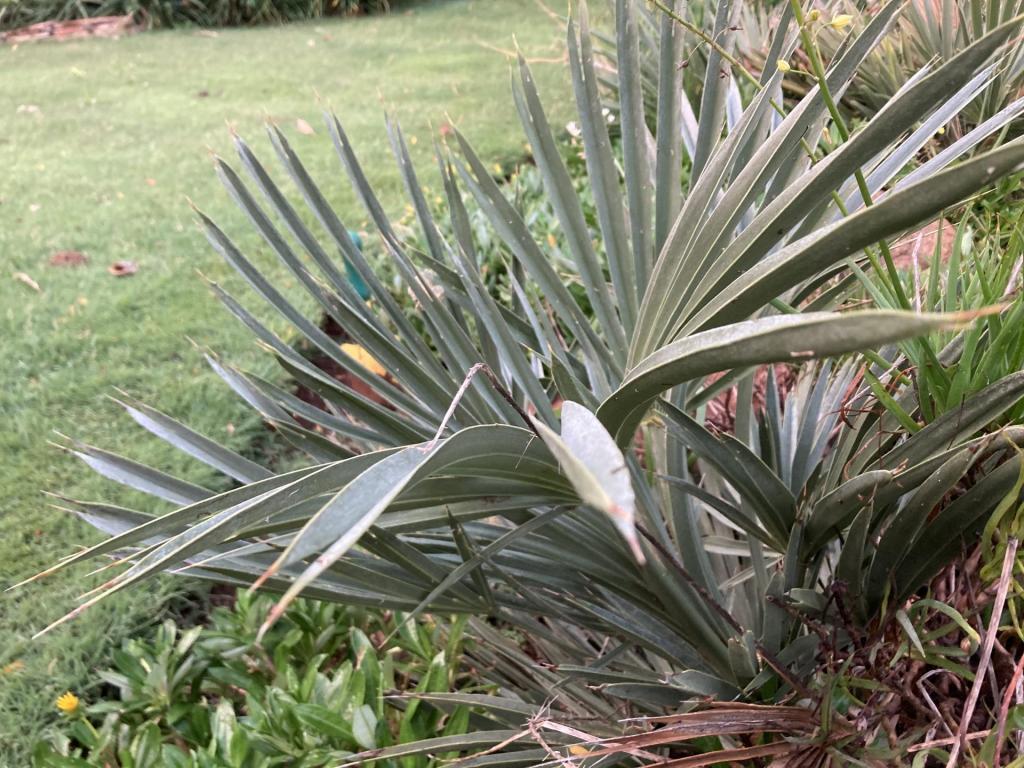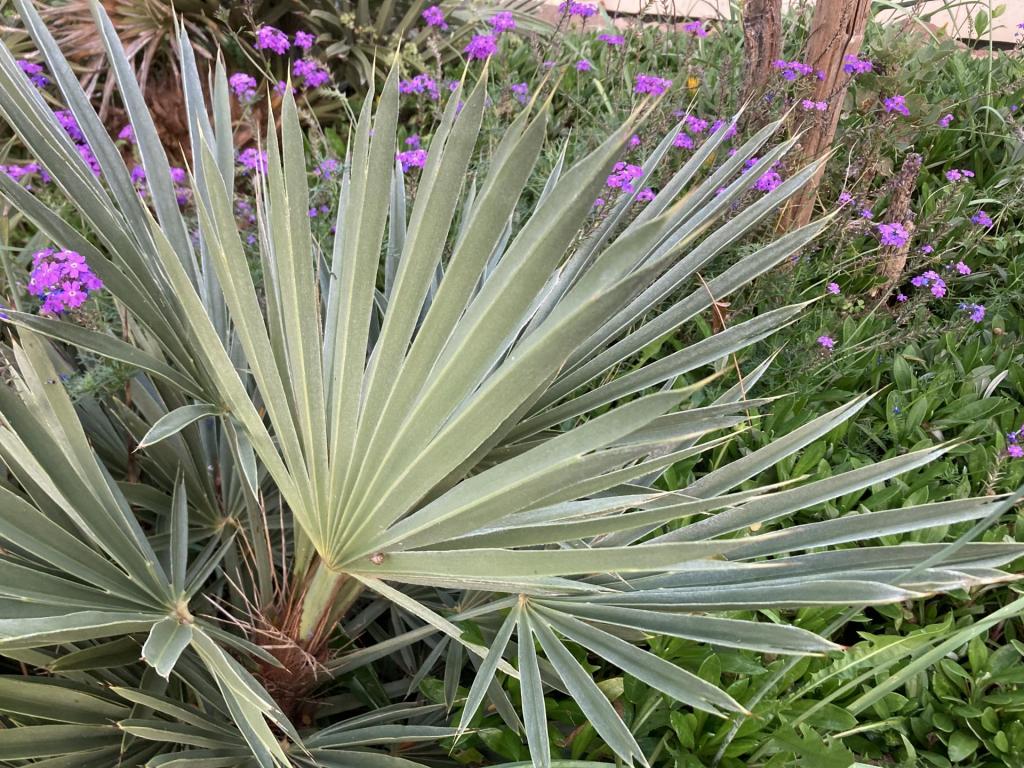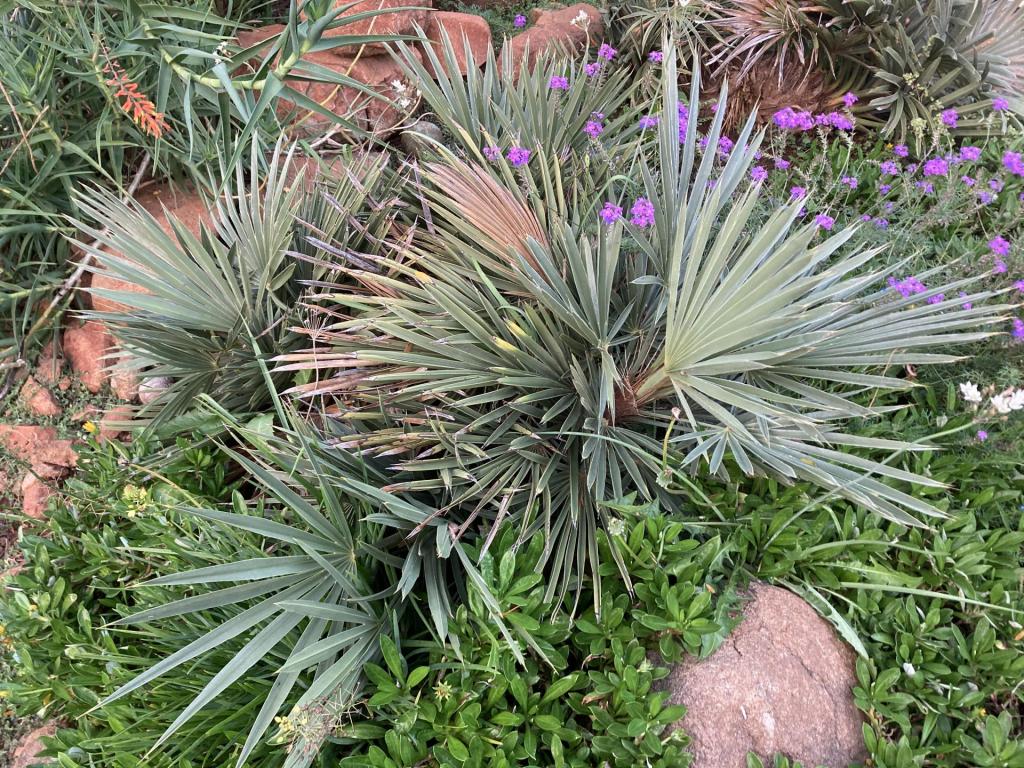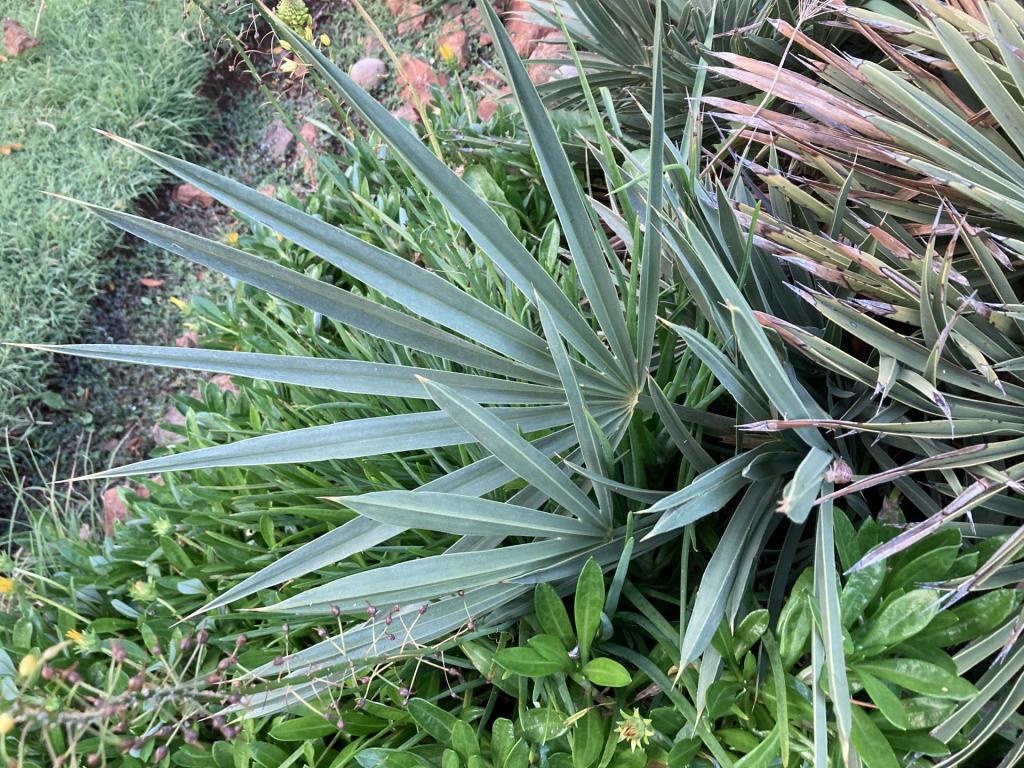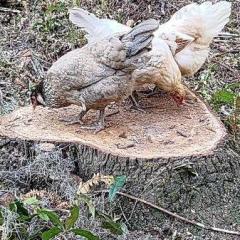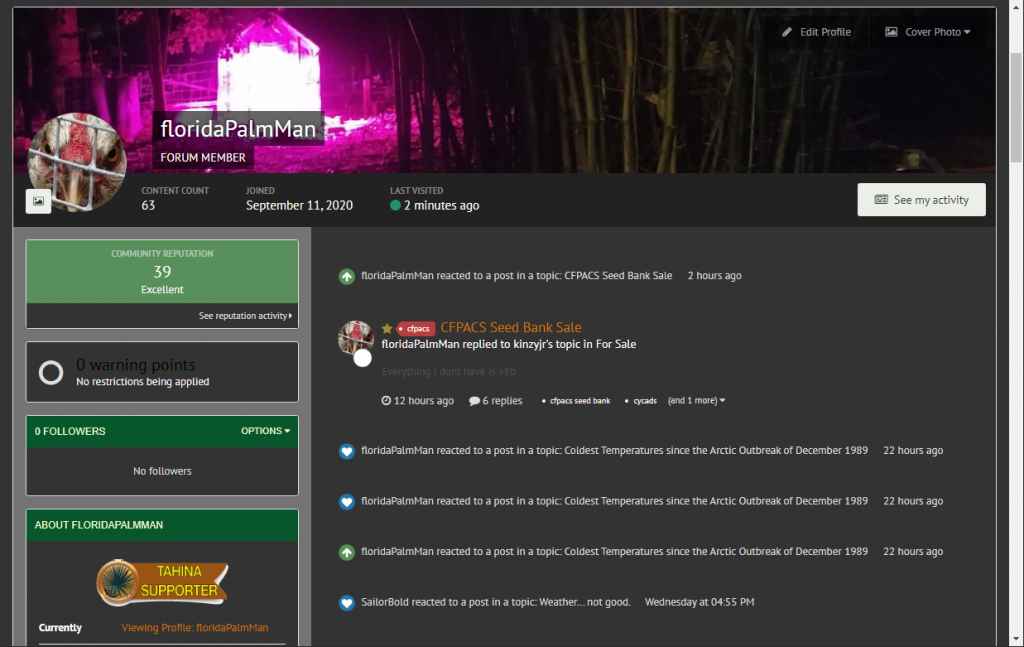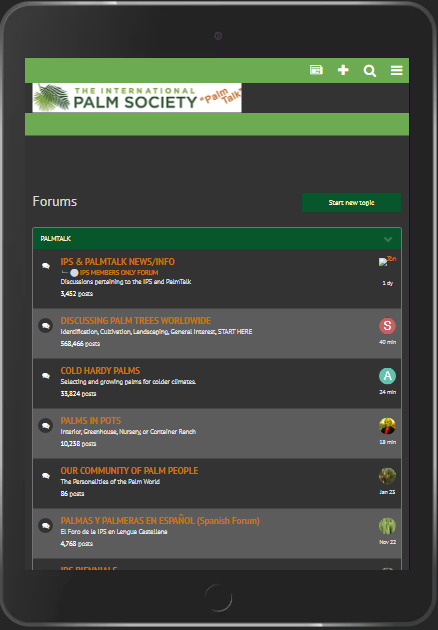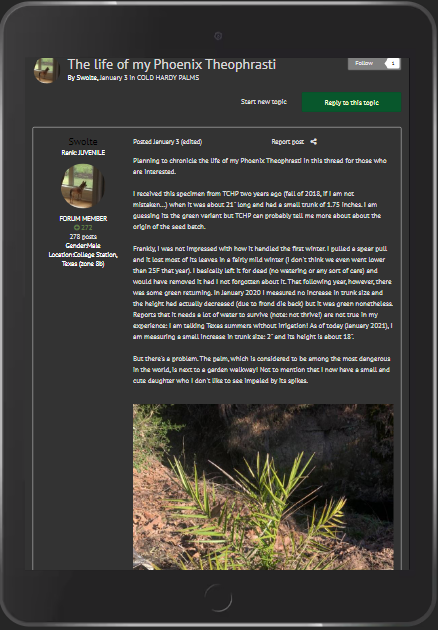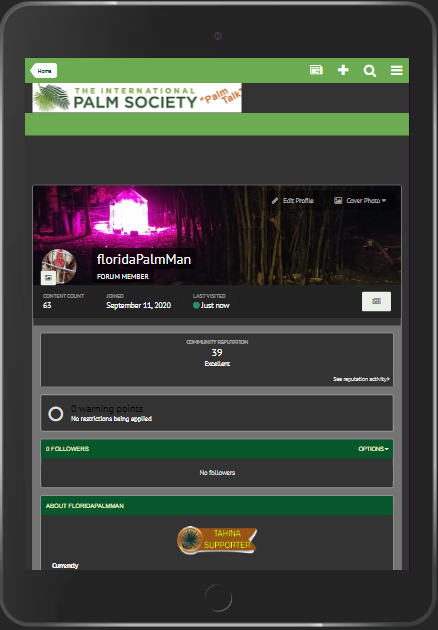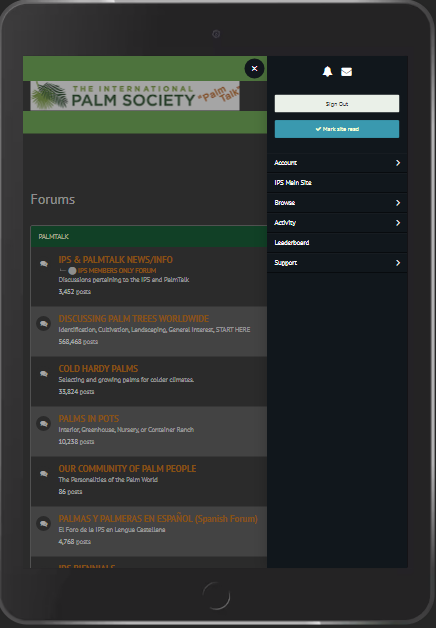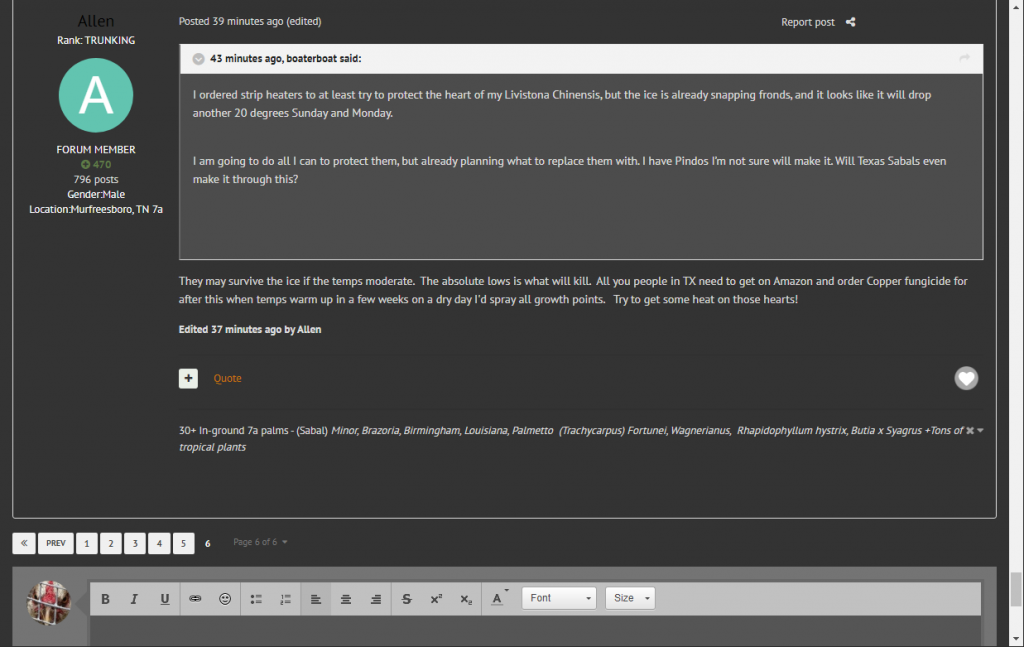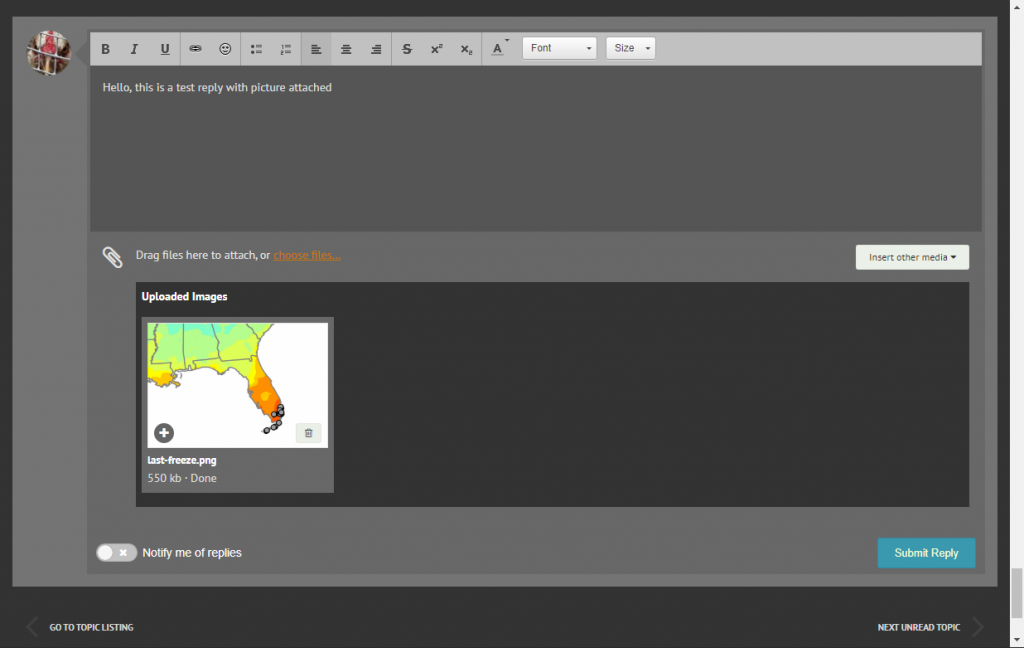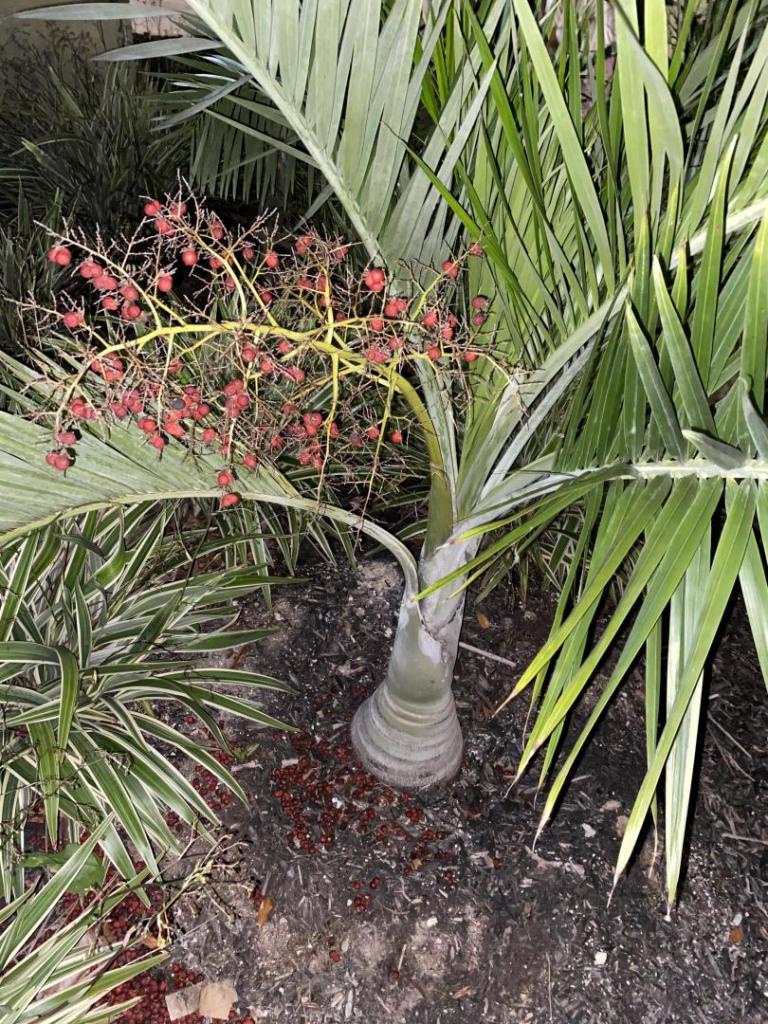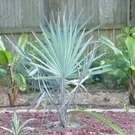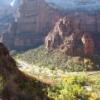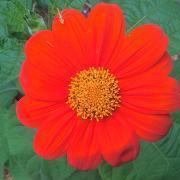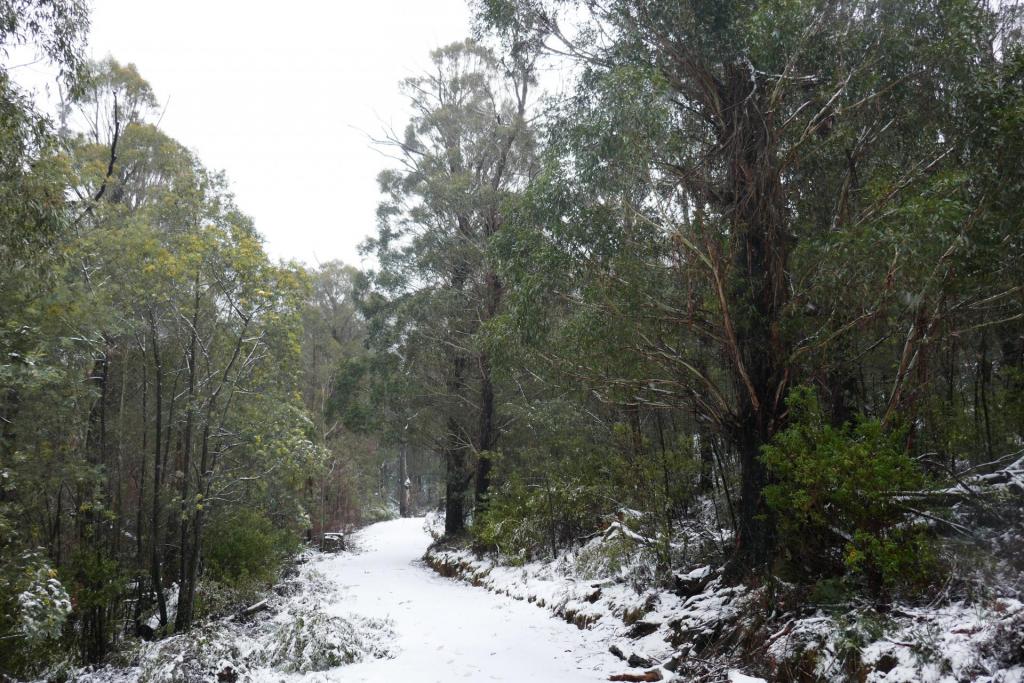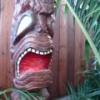Leaderboard
Popular Content
Showing content with the highest reputation on 02/25/2021 in all areas
-
Nanarrhops along the south side of the trail that circles Magma Ridge.. Sorta-wild Phoenix across Queen Creek Peek-a-boo Washingtonia r's Ayer Lake Phoenix Livingstonia sp. in the Australian Garden Another Nanarrhops, i think.. Fronds are very big. Not something i recall when viewing some other specimens.. ( probably overlooked.. or my brain forgot, lol ) .....Onto ...all sorts of other goodies...... Enjoy!12 points
-
As hinted at over in the " weather section " spent a warm late February day exploring the only Botanical Garden, beside Tucson Botanical, i hadn't yet visited since moving here. I'd planned to, sooner.. but, sometimes plans get completely de-railed. With the clock ticking before i head back " over the hill " to CA., let alone the return of the heat, now was the time to head east. On top of seeing the general garden, was most excited to view a newer section of the garden which has been " in the works " for several years after Boyce Thompson rescued a rather extensive collection of rare ..and extremely rare plants housed at the former Wallace Garden in Scottsdale. After his passing, and the subsequent dwindling of funds to keep his garden going, a sort of " S.O.S." was sent out to gardens around the valley/region who might be able to absorb a whole 'lotta plants.. Most quite large. Fortunately, BTA ( Boyce Thompson Arboretum ) answered the call in a big way, trucking hundreds of massive Cacti, Yucca, and various other things to their garden. Over the course of several years, they worked to create an exceptional display of Mr. Wallace's collection. A definite must visit -for any one-.. For those not yet familiar with Boyce, this isn't your usual Botanical Garden.. it is also a State park, nestled in the foothills east of Phoenix, just a stones throw from Superior, Arizona. Garden itself sits below/ in front of Picketpost Mountain, a prominent peak just south of the Superstitions, which makes for some incredible views while exploring the garden. Plenty of wide, easy to roam trails, and some that require a little more huff.. Nothing too crazy though, unless one decides they want to take on Picketpost.. ( there's another access point to the mountain, west of the Arboretum i believe ) Even more interesting is the wide diversity of plants that can grow here. ( The garden's elevation sits at roughly 2,441ft in elevation, and they see varying amounts of snow from time to time some winters. ) While well known for their Australian garden ( It is HUGE ) ..and their collection of Cacti/Succulents, there is PLENTY to see here.. I clocked 388 images, and didn't get to explore a couple collections in the garden.. and my camera was just about exhausted when i headed back home. Unlike many threads i have done over the years, starting the series here since, unlike Desert Botanical, BTA boasts a decent palm collection worth sharing.. While familiar enough with palms, if anyone sees something i miss- labeled, feel free to chime in.. and, as usual **all pictures are my own. If anyone wants to share on other sites, absolutely do not mind.. but, let me know -first.-** Anyway, enough chit chat.. ..onto some palmy pictures.. ( plenty more to come, of other things, in other sections of the forum )8 points
-
8 points
-
8 points
-
6 points
-
6 points
-
Moving along, some interesting Cycads in the garden.. ***Keep in mind the thingy mentioned before about snowfall here... Cardboard palm, Zamia furfuracea Blurry ( Apologize in advance ) Coontie. Dioon.. For @Darold Petty a Ceratozamia hildae Another personal favorite.. Encephalartos sp. Dioon mejiae For @Meangreen94z a couple Australian Macrozamia.. First time i have seen any Macrozamia anywhere here... Macrozamia moorei And.... More stuff to come.....5 points
-
Everything in the backyard is dead or frozen to the ground except for a water oak, Carolina jessamine, and maaaybe a pair of Livistona chinensis. Even the noxious oxalis and African petunias that I've cursed for years are dead LOL I'm restarting my quest to fruit a jackfruit (unprotected), got past 3 winters on the last run . Had a good chance of flowering this year if not for last week. Bring on the 9b/10a plants and zone denial !!!4 points
-
4 points
-
It's grown a bit... https://www.earlscliffe.com/dwr/articles_papers/juania_australis.html4 points
-
4 points
-
4 points
-
The past few days have been in the 70Fs in Dallas with today in the low 80Fs. This warm weather exacerbated the effects of last weeks deep freeze if 3F. It is very easy to tell ALL the palm vegetation is dead on the most common arborescent palms. Examples would be Washingtonia and Sabal mexicana. The dried out fronds and smell of rotting vegetation is a hallmark of the damage caused in Texas last week. All leaves including the last emerging leaf spear is toast. We have had a few of these winters in my life time. The 1F if 1989 did similar Palm damage. There were a row of filifera on Lucas street in Dallas that came through that event and this is what encouraged me to plant that species around town.4 points
-
New here to the forum, I'm in central Brownsville. I want to do everything possible to try to save these Royals., hopefully it isn't a lost cause. Ordered some copper fungicide that should be here in a few days. Was 80 degrees here yesterday, so I watered them some last night & they got some more water this morning from the sprinkler. I have been trying to research what I should do and have come across some conflicting information. Plan to saturate the crowns with the copper fungiicide 1-2x per week, once it comes from Amazon. Otherwise do I just water and wait a few months? Pretty sure I fertilized them in September or October. Appreciate any thoughts or advice3 points
-
3 points
-
3 points
-
Can't help you there, but agree that is pretty dumb for them to use glue. They could've just as easily used a color-coded ribbon or container to indicate the bloom color. I do like the idea of them doing something to show bloom color, just not that! I don't know how many times I've looked at hibiscus or bougainvillea in garden centers not having a clue to the color of the flower which would influence my buying decision.3 points
-
Went for a walk. At one house with seven tall robustas, six had crown collapse. I'm bad at estimating height, but these compare with the tallest in town. The best looking Washingtonia is a filifera near the elementary school. It has some canopy from a pine tree. Some filibusta-looking specimens look decent but are still burnt bad. Best looking palms remain the Sabals and Butia. Some are starting to show damage. And then there's these guys...3 points
-
The crown shaft still shows green, which is a good sign.3 points
-
I went to Crystal River, specifically the Fort island trail a couple weeks ago while I was staying in Hudson Florida. I had first visited Crystal River in Febuary 2016, less then a year after the palm bug hit me, and I took as many driveby shots of the huge old Sabals on our way to and from the beach (I was 14) and have posted them on here on various occasions. Heres some new photos of the many ancient palmettos growing in the hammocks in the marshes. This first one was taken before the landscape changed from wooded forests, to hammocks and marshes, maybe 4 miles inland, while not as abundant as they are in the hammocks, there are many all over crystal river, and I only wish I could have taken more photos in these settings. Now for some of the many hammocks on the "trail". for context, it was quite a windy day so these aren't "sickly" or anything. Some of the larger hammocks spread for miles... Some hammocks had basically eroded into the marsh thus slowly drowning those palms. Notice the ones on the left are doing much better, just a few extra inches above the water table makes all the difference. I also noticed a fair amount of both Black and Red mangroves mixed in in some areas. Heres a couple Red Mangroves, Black mangroves were far more prevalent and larger, At the Fort island beach at the end of the trail, there are less very tall ones as it is right on the ocean, but still a few.. On the mini boardwalk to the pier Directly on the water, were the largest of the black mangroves Also a clump of naturalizing Phoenix Dactylifera, This was the only non native palm I saw volunteering in the area, I saw this same palm in 2016, but alas, the tallest one in the clump died, its trunk still visible behind. The tallest one now is almost as tall as the original, 2016. Well, hope you enjoyed my Crystal River shots!3 points
-
Pseudophoenix is a GREAT species to grow in the Arizona desert and I highly recommend them. Sargentii is the easiest and most troublefree. I grew a batch of 50 of these up to 5 gallon size in my backyard from a couple hundred seeds. Very slow from seed,but once a trunk is established,they grow 2 or 3 new fronds each year for me. I also have a few ekmanii and vinifera in the ground,but these species are much harder to grow under our conditions. Stick with the sargentii's... aztropic Mesa,Arizona3 points
-
3 points
-
3 points
-
Teegurr, the CFSv2 weekly Climate forecasts, which NOAA's CPC (Climate Prediction Center) uses as a determination for its 6-10 and 8-14 Day Outlooks and beyond, show jacked up temp anomalies thru most all of March for this entire region . After the great Arctic Purge and a return to a strong (AKA normalized) polar vortex, I'm not at all surprised. It's getting too late in the season, you would think, for the frigid air to reload so quickly anyway. That said, I don't trust it - To be on the safe side, wait until after Easter. If you're a bit daring, go for it.3 points
-
Mammilaria, Parodia, and Echinopsis for a start. Those are three large and confusing genera so may be difficult to narrow down from there. Cactiguide.com is a good resource. Should be able to figure out the Mammilaria from those nice flowers. As for the hot glue, I've never found a good way to remove it unfortunately. Just keep in mind the apical meristem from which all future growth will happen is right on top under that glue and if it is damaged while you're ripping off the glue the cactus will be forced to produce an arm or offsets instead of normal growth.3 points
-
My thee T campestris really took off this year. It’s as if they took two years to get settled. This summer they however grew quite a bit. Two of them also produced new suckers. The new growth was almost like a new whorl of leaves at a time. See pics: The second picture shows the new larger leaves nicely. On the 5th pic you can see the much more silvery new growth clearly.3 points
-
Sorry, no pictures. I had to go to the Medical Center near Loop 410 and Babcock in NW San Antonio today. So I traveled from New Braunfels towards San Antonio, then Loop 410 past I10 to Babcock. This is what I saw. All Washingtonia Robusta everywhere look like someone took a blowtorch to them. There are already deaths. Some really old, tall specimens have totally collapsed crowns. Others are in various degrees of collapse. But, on the other hand, a lot of Robusta still have complete crowns in tact, they are just completely brown. The petioles have not all bent up yet and are still stiff on some. This gives me home that there might be a decent amount of recoveries. All Phoenix Dactylifera look like someone took a torch to them. However, again, all crowns are completely in tact for this species. Fronds are not drooping yet and have not bent. This is good news. P. Canariensis have bent fronds but look like they will recover. Same with P. Sylvestris. All Sabals (Palmetto and Mexicana) look flawless. Looks like there wasn't even a freeze. You realize just how many Sabals there are out there since they stick out as the undamaged palm. W. Filifera look great, although there is a touch of frond burn here and there. All will recover just fine. Not worried in the least about these palms. Butia Capitata look pretty good, although they are not planted in large numbers here, I did see some large ones that still looked solid with completely intact crowns with a little bit of burn. In short, if San Antonio were in say, North Florida, where Sabals are planted everywhere, you probably would notice the freeze a LOT less. But since Washintonias are king, the damage is very evident to the Robustas.3 points
-
So instead of working today I spent the morning creating a dark theme for the site. Why a dark theme? Well for those of you who spend all day at a computer (like me), or like browsing the site in the evening (also me), dark themes are great for reducing strain on your eyes and won't keep your wife up all night while you browse palmtalk in bed. To use the theme, you have to install a browser plugin on your preferred web browser which can edit the sites styling (CSS) Stylish - Chromium based browsers (Chrome, Brave, Dissenter) Stylish - Firefox SuperStyles - Microsoft Edge Stylus - Opera Once the plugin is installed, copy and paste my code at the bottom of this post and the site should turn dark. Here are some screenshots of what it looks like on my desktop, and what it should look like on mobile devices when either these browser extensions can be installed on mobile devices or if the mods are able to take the code and make a new dark theme out of it. (still haven't had time to photoshop the logo) I'd love it if someone wanted to help test/refine the theme so it can be used by everyone. _____________________________________________________________________________________________________ To the mods, I noticed that the forum currently has the ability to change themes. Feel free to take the code and create a dark theme for the site. The CSS is simply a modified extension of the default theme PalmTreeLover. So to create the new dark theme you can literally just copy the PalmTreeLover theme, scroll down to the bottom of the CSS page and paste the code. _____________________________________________________________________________________________________ /* main forum */ body { background-color:#333; color:#fff; } .ipsAreaBackground_reset { background-color:#333; color:#fff; } #ipsLayout_header header, .ipsUserPhoto { background-color:#333; } .ipsWidget_inner.ipsPad, .ipsWidget_inner.ipsPad_half, .ipsPad_half { background-color:#333; } .ipsDataList.ipsDataList_zebra .ipsDataItem:not(.ipsDataItem_selected):not(.ipsModerated):not(.ipsDataItem_new):not(.ipsDataItem_success):not(.ipsDataItem_warning):not(.ipsDataItem_error):not(.ipsDataItem_info):not(.ipsDataItem_status):nth-child(even) { background:#5c5c5c; } .ipsWidget .ipsTabs_small .ipsTabs_item:not(.ipsTabs_activeItem) { color:rgb(255 255 255 / 61%); } .ipsMenu { background:#757575; } .ipsMenu_title { background:#3b3b3b; } .ipsTabs_activeItem { background:#9b9b9b; color:#303030; } .ipsBreadcrumb > ul > li, #ipsLayout_footer a, #ipsLayout_footer p, .ipsType_pageTitle, .ipsItemStatus:not(.ipsItemStatus_large), .ipsType_richText, .ipsPager_type, .ipsApp .ipsButton_link { color:#ffffffd4; } .ipsApp .ipsButtonBar .ipsPagination .ipsPagination_page a, .ipsApp .ipsButtonBar .ipsPagination .ipsPagination_next a, .ipsApp .ipsButtonBar .ipsPagination .ipsPagination_prev a, .ipsApp .ipsButtonBar .ipsPagination .ipsPagination_first a, .ipsApp .ipsButtonBar .ipsPagination .ipsPagination_last a { color:#ffffffd4; background:#555; } .ipsQuote { background:#4c4c4c; } .ipsAreaBackground { background:#747474; } .ipsBox, .ipsGrid, .ipsBox:not(.ipsBox_transparent):not(.ipsModerated) { background-color:#333; } .ipsItemStatus.ipsItemStatus_read:not(.ipsItemStatus_large) { color:#dccf38; } .ipsButtonBar .ipsPagination .ipsPagination_page.ipsPagination_active a { background:#a3a3a3; } .ipsApp .ipsButton_link.ipsFollow, .ipsApp .ipsButton_link.ipsPromote { background:#818181; } .ipsTabs_panel { background:#333; } .ipsMenu_headerBar, .ipsMenu_footerBar { background:#757575; } .ipsDataList_readStatus .ipsDataItem:not(.ipsDataItem_unread):not(.ipsDataItem_selected):not(.ipsModerated) { background:#545454; } .ipsDataItem.ipsClearfix.cMessage { background:#757575; } .ipsSelectTree_nodes, .ipsSelectTree_nodes[data-role="nodeList"] { background:#333; } .ipsSelectTree_nodes[data-role="nodeList"] li .ipsSelectTree_item:not(.ipsSelectTree_itemDisabled):hover { background:#6d6d6d; } .ipsSelectTree { background: linear-gradient(to bottom, rgb(146 146 146) 0%, rgb(107 107 107) 100%) } .ipsSelectTree_nodes [data-role="nodeList"]{ background:#333; } .ipsSelectTree_nodes [data-role="nodeList"] li .ipsSelectTree_item:not( .ipsSelectTree_itemDisabled ):hover{ background:#6d6d6d; } /* gallery lightbox */ .cGalleryLightbox_info { background:#333; } .ipsType_light { color:#dedede; } .cGalleryChooseAlbum_listItem { background:#6d6d6d; } /* messaging */ .ipsDialog > div, .ipsAutocompleteMenu { background:#333; } .ipsAutocompleteMenu_item[data-selected] { background:#6d6d6d; } .ipsDialog_title { color:#ffffffd4; } /* profile page */ #elProfileInfoColumn .ipsType_center.ipsPad_half.nbSecGroupIcons.nbSecGroupIconsProfile.ipsResponsive_hidePhone img { max-width:160px; } .ipsPad_half.cProfileRepScore{ background:#598f5b; } /* reply box */ .ipsComposeArea_dummy { background:#9a9a9a; color:#222; } .cke_top { background:#c1c1c1; } .ipsAreaBackground_light { background:#686868; } .cke_wysiwyg_frame, .cke_wysiwyg_div { background-color:#555; }2 points
-
Several of the palms in my garden came from an expedition to find and study different Brahea species in Northern Mexico. The trip started in Calexico, California side attempting to sleep in my van with 103 degrees at midnight. The next morning I picked up a Mexican train bound for Los Mochis with buddy Ed Green. Don't ever do this!!! It is hot as hell going across the desert on a slow train with no air conditioning. They serve cold drinks in the daytime and when the air conditioner finally comes on at night they rent you blankets! Glad to leave Los Mochis we rented a car and headed north. Somewhere near Alamo (a cute rustic town) we headed out to the hills in search of Brahea elegans. After negotiating a small river in our rental car the locals guided us to our first B. elegans. It looked terribly old (see image). It was growing in the gravel banks of a seasonal creek or wash. The roots were extremely exposed. After a night of good rest we headed north toward a little town (it was barely that) called Nuri. On the way we spotted the tree that I have since called Brahea sp. 'Nuri'. Seeds were collected. After seeing my plants grown from this tree and reflecting on the tree called "Nuri" (see image), I feel that it is simply a more robust form of Brahea aculeata. The trunk was more massive like B. edulis and the inflorescences extended far beyond the crown. No other palms were in this very open desert area. Several miles up the road where the "town" of Nuri was located was an incredible colony of about 20 or so Brahea aculeata (see image). Please note that one of the trees was very blue. All of them had the classic slender trunks and semi-dwarf stature. Seeds were collected then back to the city for our next day adventure finding the Santa Rosa Canyon where Brahea nitida survives. We were very close to the Nogales Arizona boarder and headed back south on a gravel back road for several miles. To the east of the road we finally spotted the canyon (see image). It was a beautiful site with palms growing every where among enormous boulders with trunks up to 40 feet or more. The canyon was extremely difficult to enter trying to climb these enormous rocks. At the time none of the trees were with seed. I was fortunate to find a few seedlings that I quickly put into my water bottle. These babies are still with my garden today. In my opinion Brahea nitida is one of the most beautiful of fan palms. They have no thorns, grow fast and their leaves are round 360+ degrees with a glaucus underside. It is my opinion that Brahea "Super Silver" is nothing but a blue nitida. One more trip that i would like to mention on this topic was one to Monterey, Mexico where I collected Brahea moorei growing on cliffs near what is called Las Grutas or the caves north of the city of Monterey (see images).2 points
-
In January I went to a Buddy Holly tribute at the Cape Cabaret in downtown Cape Coral. On the way in I noticed several apparently "dwarf" trunked Pseudophoenix sargentii shorter than I am planted near the side walk. Two of them had ripe seeds and had dropped many on the ground. On the way home I picked the remaining seeds and took photos. I posted those photos last month in the following topic: https://www.palmtalk.org/forum/index.php?/topic/67082-pseudophoenx-sargentii-dwarfs-cape-coral-fl/&tab=comments#comment-974787 I questioned whether these palms were actually dwarfed like Areca catechus. Consensus was that they had been kept in pots for many years before they were planted, which resulted in their current appearance, i.e., there are no genetic dwarf P. sargentii. So you should not expect offspring of these seeds to replicate their parents if they are raised normally. In addition you can read a write-up on this species in the Palmpedia link below: http://www.palmpedia.net/wiki/Pseudophoenix_sargentii I have several hundred seeds of these palms for sale as follows: Pseudophoenix sargentii from Cape Cabaret: 50 seeds @ $10.00 for the Lot Shipping: $5.00 up to 150 seeds. No shipping outside the US. No shipping to HI Payment via Paypal PM me if you are interested A couple photos from my previous topic2 points
-
For my oak trees I dug about 1 foot out from the trunk edge, about 1 shovelful wide. I'd start at a relatively open area between the major roots, and dig down 2 feet with shovel and trowel. Then I'd dig in a circle and cut each major root with the reciprocating saw as I went around the perimeter. That leaves me with only a few vertical roots to deal with under the center of the stump. I'd push the stump over one way and cut the roots I could reach, then push it the other way, cut those, repeat until I got all of them. If your soil isn't really hard and rocky, you might be able to cut two circles with the reciprocating saw. One (for example) 2 feet in diameter, and the other 4 feet in diameter. Then dig out the roots in the circular trench and repeat if you need to go deeper. When I dug out a 15' tall queen palm I just needed to cut one 2' diameter circle around the stump and then lever it out. But my soil is really soft sand. My saw blade of choice is the Diablo 3TPI Carbide pruning blades. Most of the time I use a 6" blade because they are cheap(er) and I'm less likely to jam the tip into something and break a blade. The plain steel blades get dull in about 2 cuts in sandy soil here, so I quit wasting time and $$ buying them. I broke one 9" blade and dulled one 6" blade on the below stump. It's upside down, just FYI. And this is how I went around the circle, I started on the right side and went clockwise. I'm about halfway through at this photo, after about 6 hours of work... Removing the queen stump was a lot faster, because the roots are soft and cut really fast with the blade.2 points
-
Mike, welcome to the forum! Little did you know the hornets next you have walked in to. There has been much discussion about the fate of the Royals in the RGV. Overall I agree with above comments, having been roasted they look pretty good and you have already done some research. Yes to copper fungicide, in the meantime you could also pour some hydrogen peroxide down the crown while you wait for the fungicide. Also yes to marking the newest spear so see when it budges, good luck and please keep us updated!2 points
-
The summer sun may help in removal, but dont just rip the phony flowers off until you know it wont damage the plant. On a side note; who starts these stupid trends?2 points
-
2 points
-
2 points
-
I think they have good chance so long as you trim away the dead fronds and keep it well fertilized. The green gives me hope. I have seen palms fully recover from worse. Thanks and best of luck to your palms! PalmsUSA2 points
-
What you can grow kinda depends on where you are on the island (its not a small one), as well as your elevation. If I'm not mistaken the majority of the island is zone 8 leaning 8B with a few pockets of zone 9 in and around Victoria as well as over by Tofino and Ucluelet. You may want to look up a guy called Banana Joe who's over on SSI (Zone9). He has thousands of videos. https://www.youtube.com/channel/UCKuw8vZL_BS7vOtvCUjCefQ But basically not knowing your location, you will be fine growing: Trachycarpus fortunei - windmill palm Trachycarpus wagnerianus - Waggie palm Trachycarpus takil Trachycarpus princeps Chamaerops humilis - Mediterranean fan palm - both the green and blue variety. Rhapidophyllum hystrix - needle palm Chamaedorea radicalis Sabal minor Sabal louisiana Sabal palmetto If you are in zone 8B or better yet zone 9 it opens up a few more options Butia odorata - pindo palm Jubaea chilensis - Chilean wine palm And a few other Sabal species Serenoa repens - saw palmetto Chamaedorea microspadix One thing you have to realize that with your lack of heat, things tend to grow much, much slower. The Trachycarpus and the Chamaerops will be be your fastest growers.2 points
-
Joe has great stuff. Everything I get from him is ready to go and does great!2 points
-
NO. As a palm lover, NO. After traveling in the lower 48, I loved Miami for Palms. It’s a world away. Second place is San Diego / Rancho Santa Fe, CA. I actually would prefer to live in CA. I just murdered a lot of palms here in Texas. And will have to see them all over the place for years to come. And it was diseases sad enough taking out the oldest, now it’s gonna be a combo of stress and disease.2 points
-
Jan 2010 was nothing compared to last week. The minimums last week were lower (~10 degrees lower in Central Houston and close to the bay and coast) and the duration was much longer. I think robusta and dates will have a decent survival rate across the wider area. Queens are probably toast if not more or less within sight of the coast or the southern shores of the Galveston Bay network. Maybe a few survivors close to town, specifically the inner SW Loop around Montrose, Midtown, and TMC.2 points
-
2 points
-
Its up to you, but I'm always cautious. Every time I trust the predictions and plant a garden before April, its a guaranteed 20F freeze a week later.2 points
-
2 points
-
2 points
-
2 points
-
2 points
-
2 points
-
2 points
-
Removing a stump by hand is no easy task for us older folks....... Just recently, I had a palm fall over from trunk rot. The base was easy to remove and then I used a sawzall to get to the roots. It really did make the work much easier. My advice is to hire someone.2 points
-
Here are my comments from another thread; I raised the five Juania palms from seedlings to large, 5-gallon size. I installed them as a small grove near one another so as to increase the odds for pollination. They grew well, but two were killed by vandalism, and the remaining three died by the normal "Juania Death Syndrome". (This is when the palm grows well for several years and then dies suddenly without warning.) The last one to die had about 24 inches of real trunk, approx. 5 inches in diameter. This tendency is why I do not attempt to grow Juania in my garden. Any Ceroxylon is easier, more dependable, and better looking. .2 points


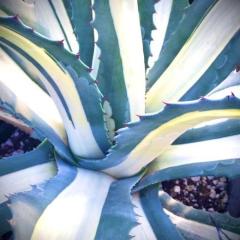
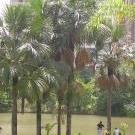
.jpg.697acef1a2112e389aef3987035b8185.jpg)

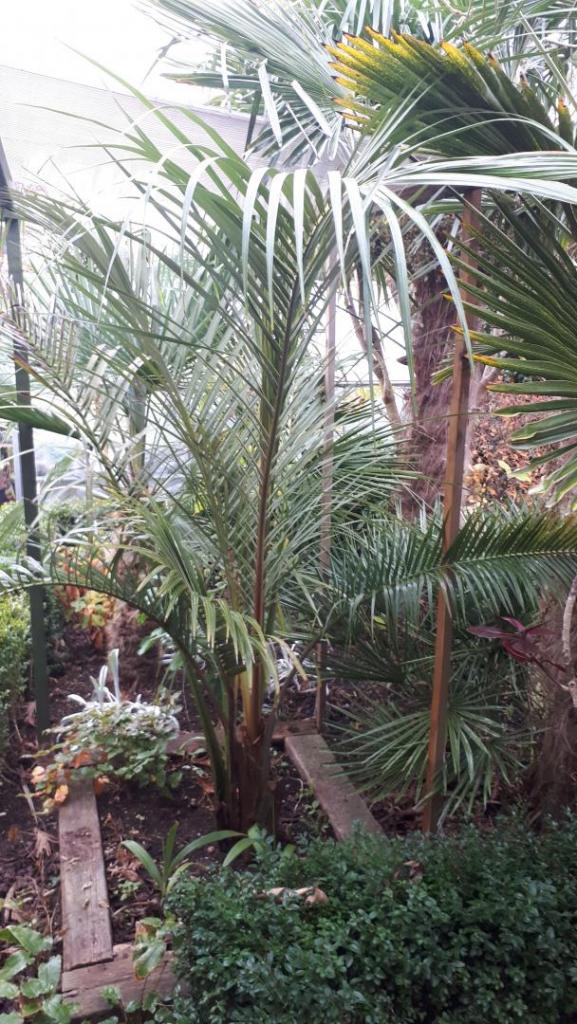



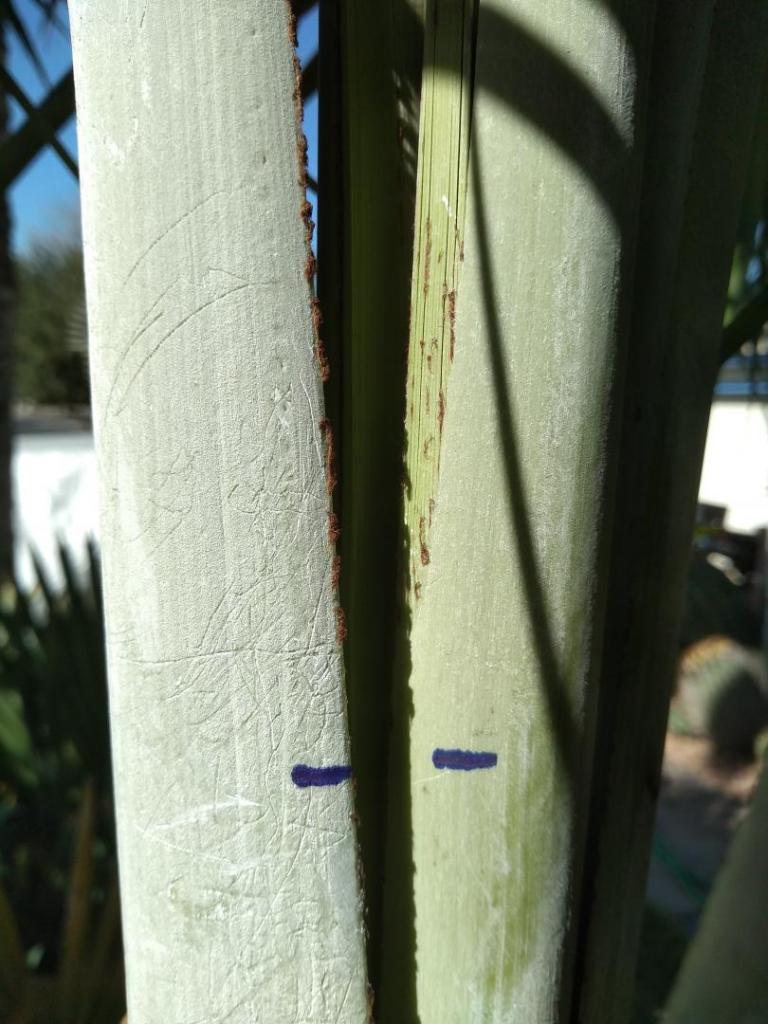
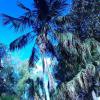
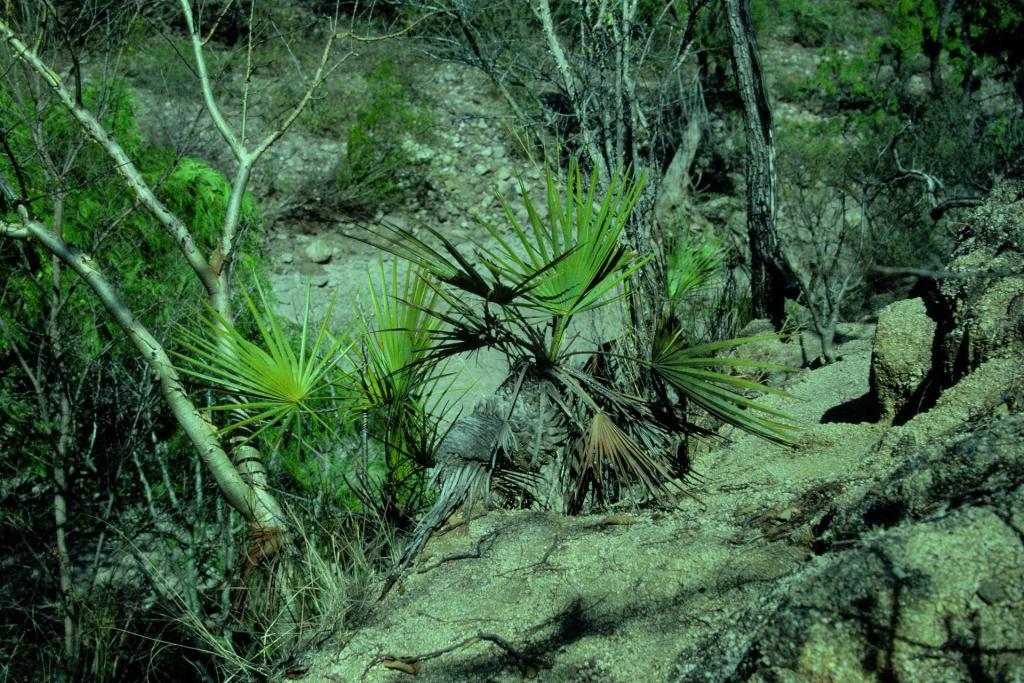


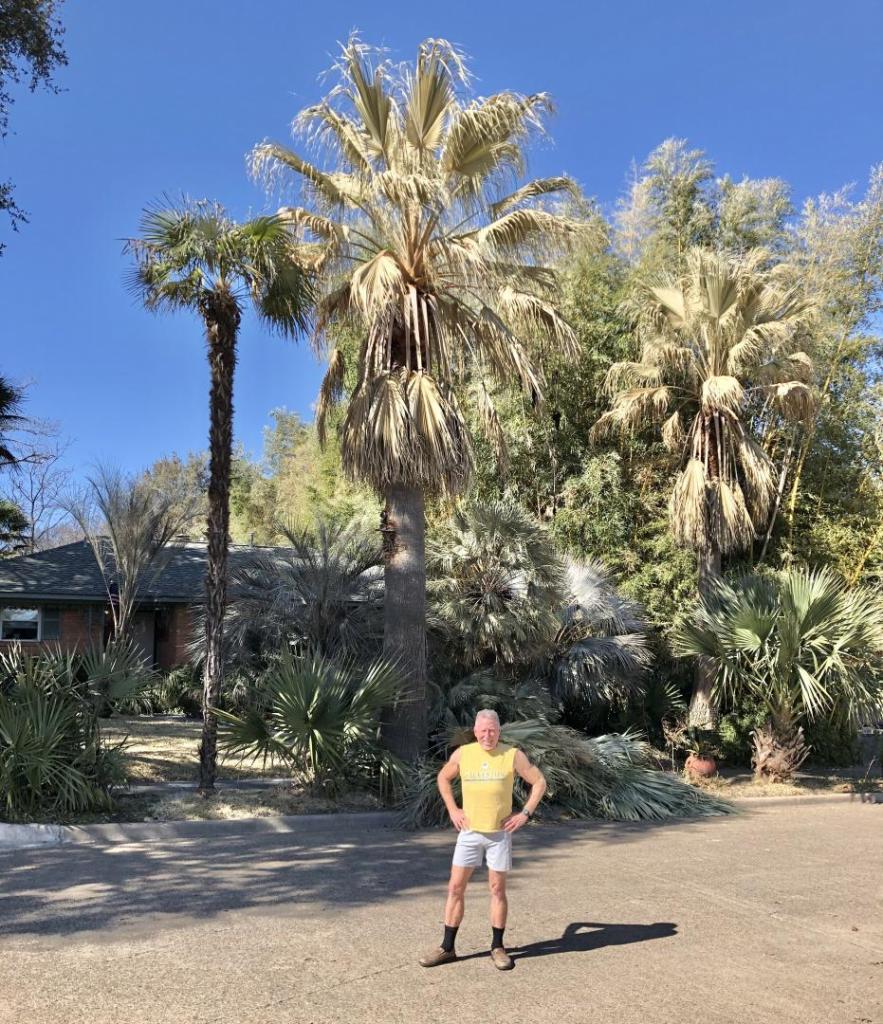
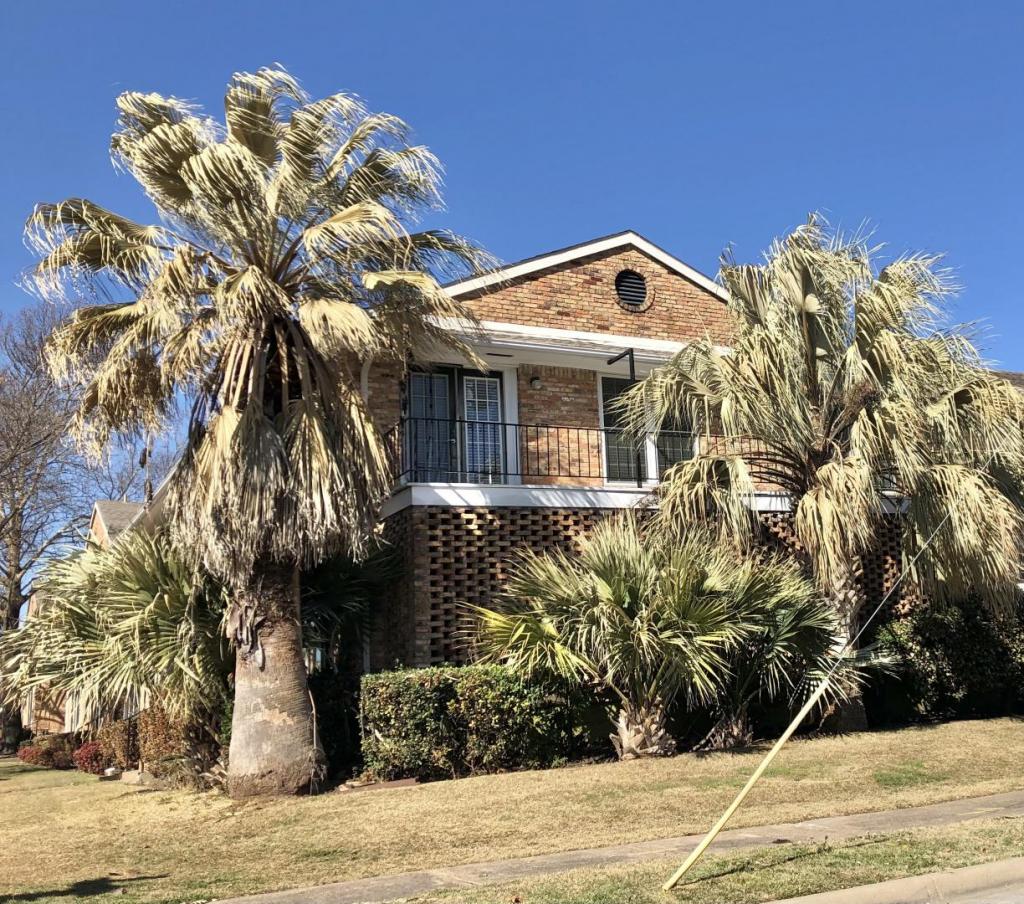
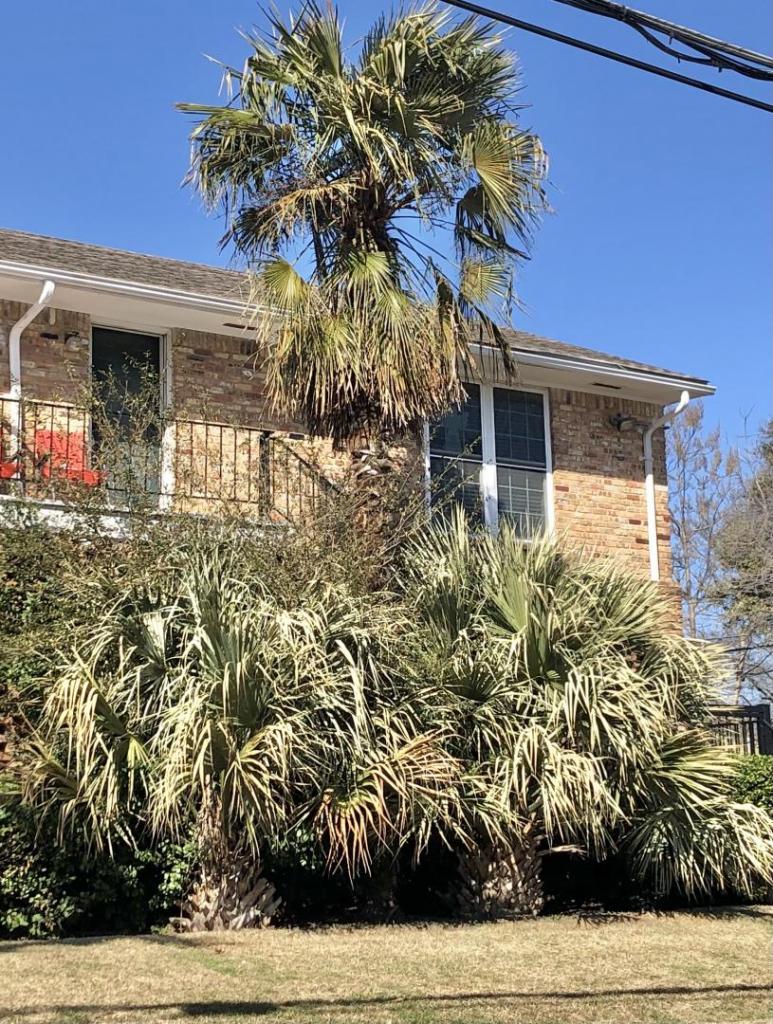


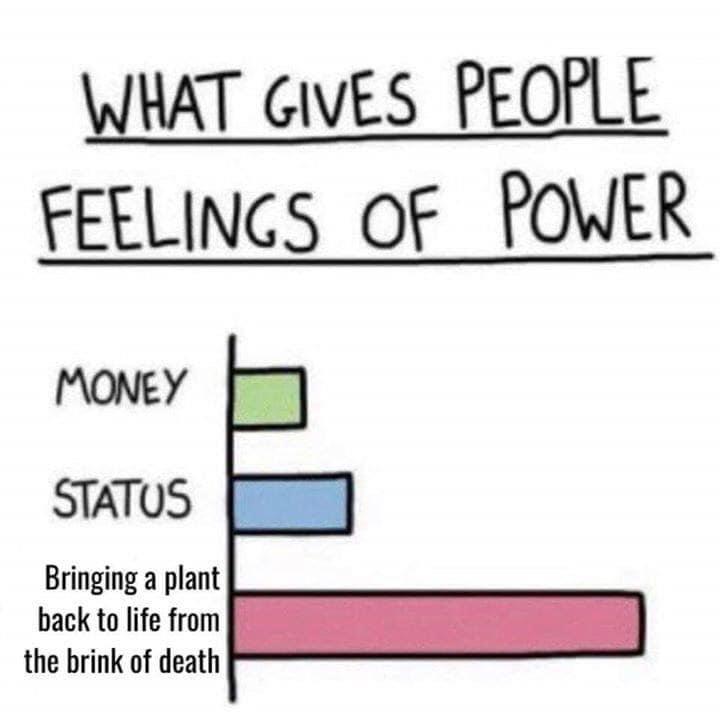
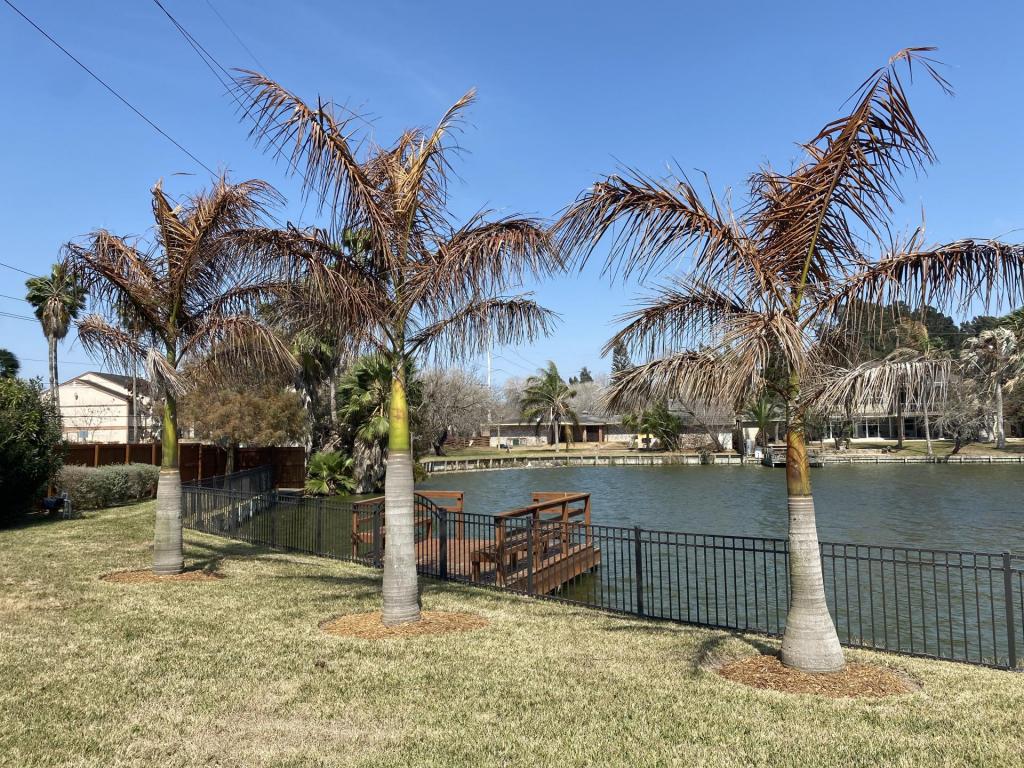

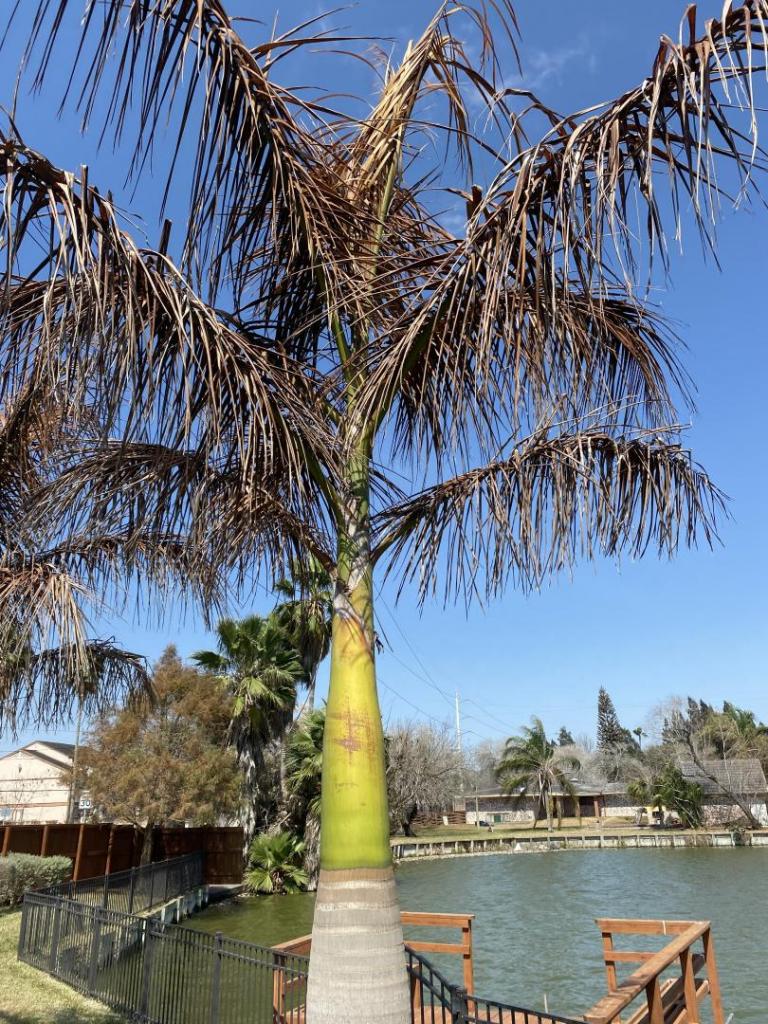
.thumb.jpg.4ec7600104207c7cdf044ddbeedd971e.jpg)
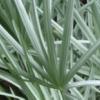
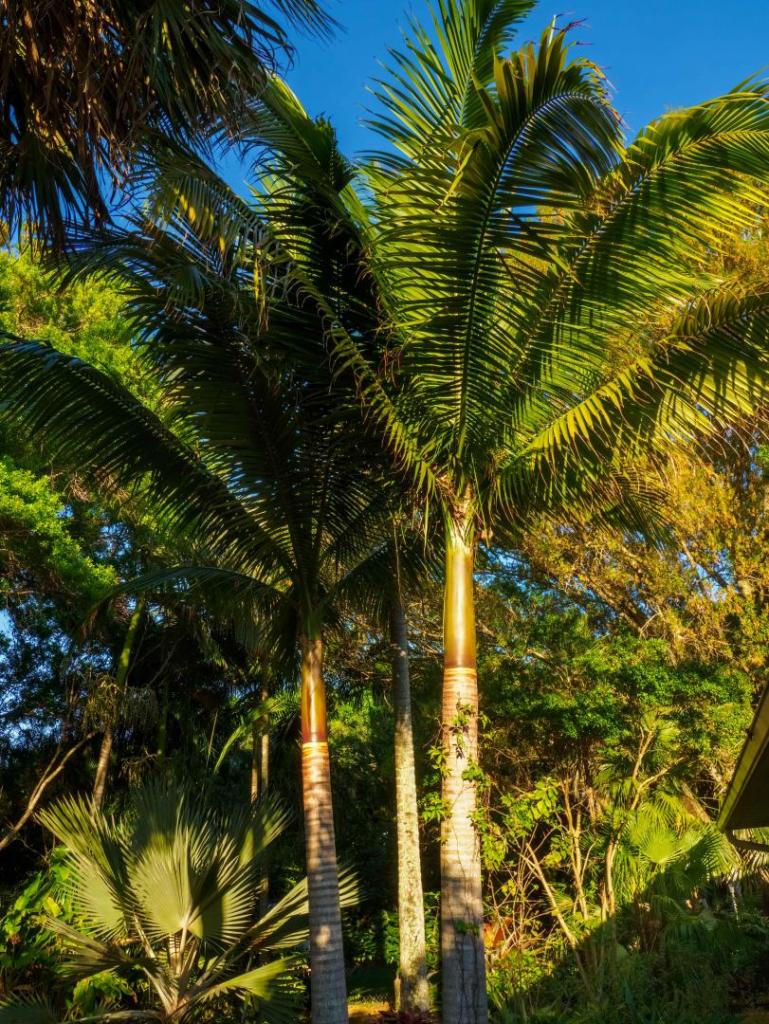
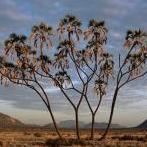
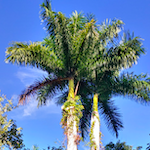
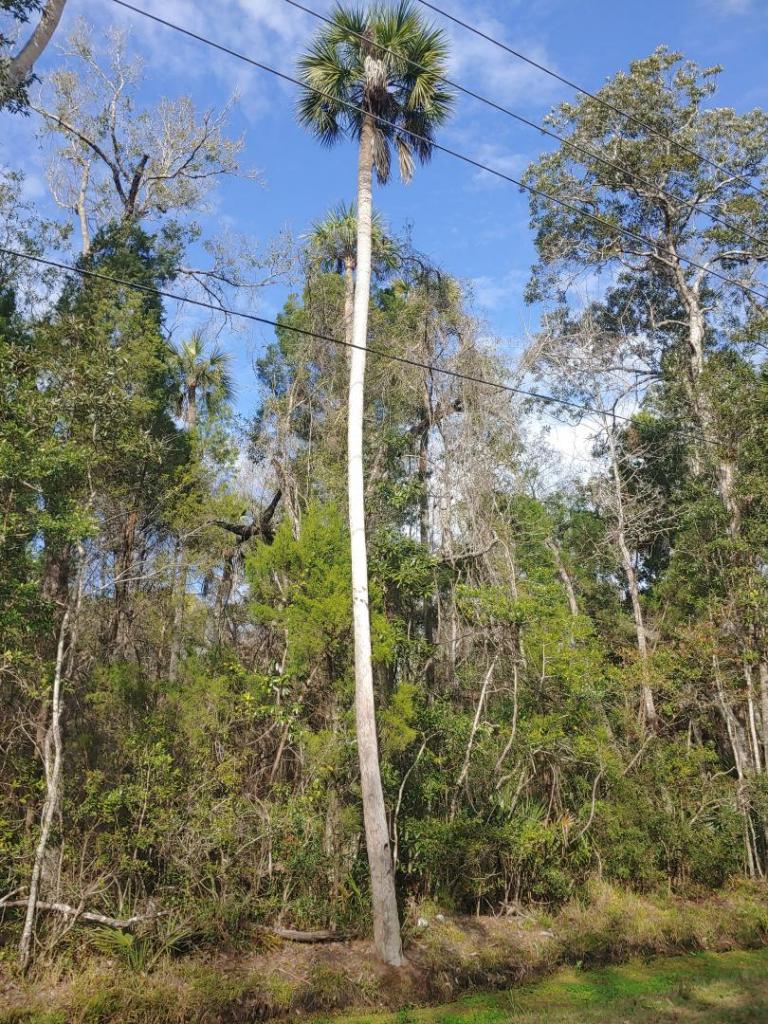
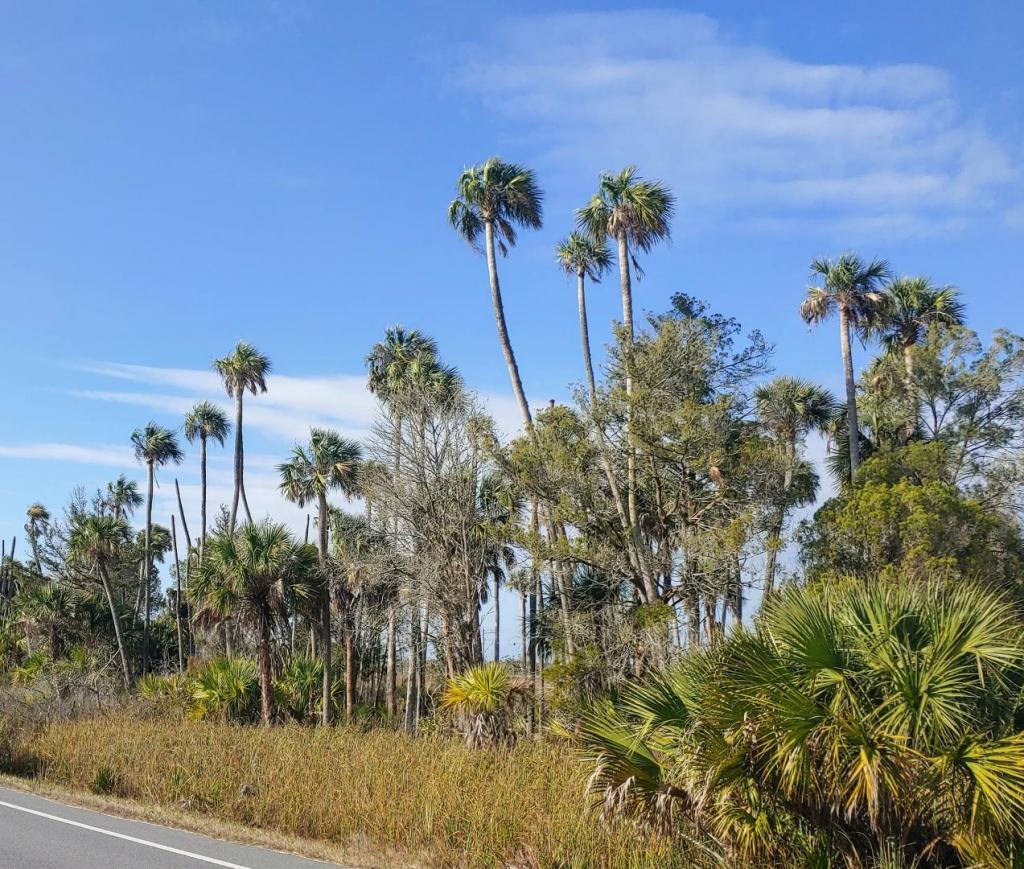


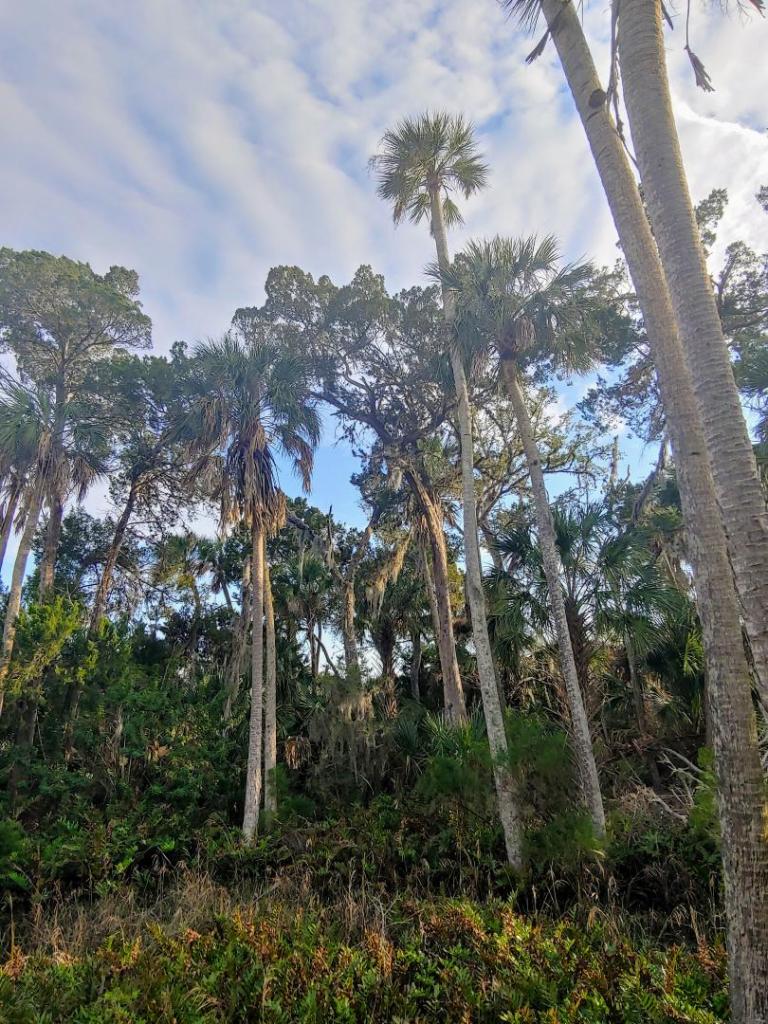


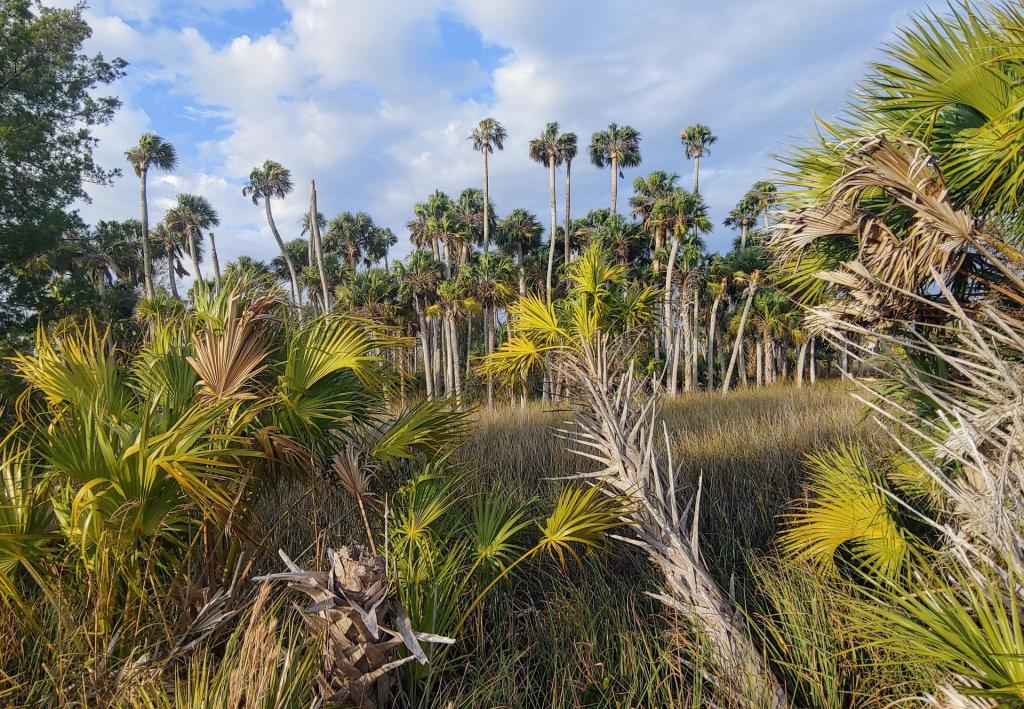
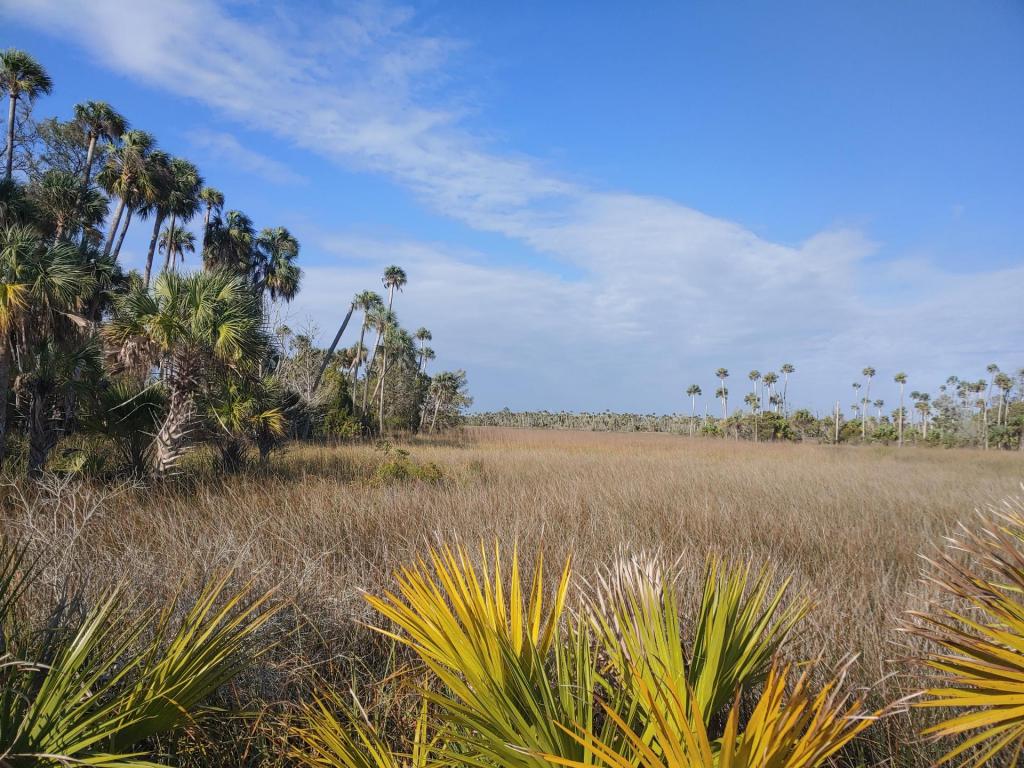
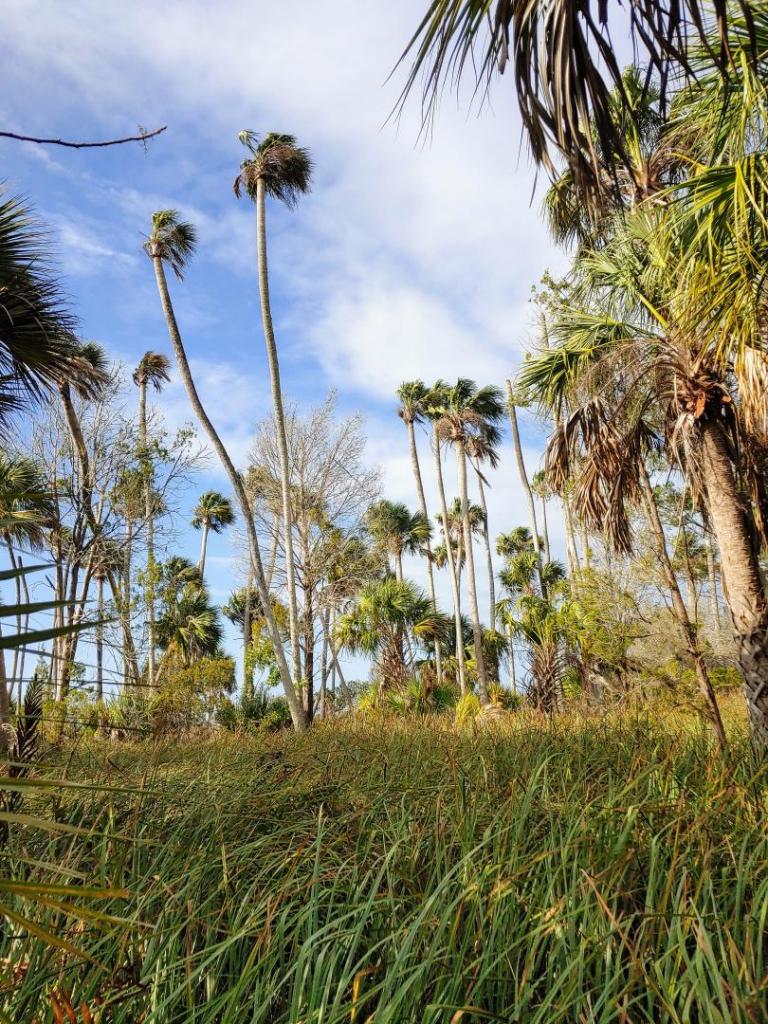
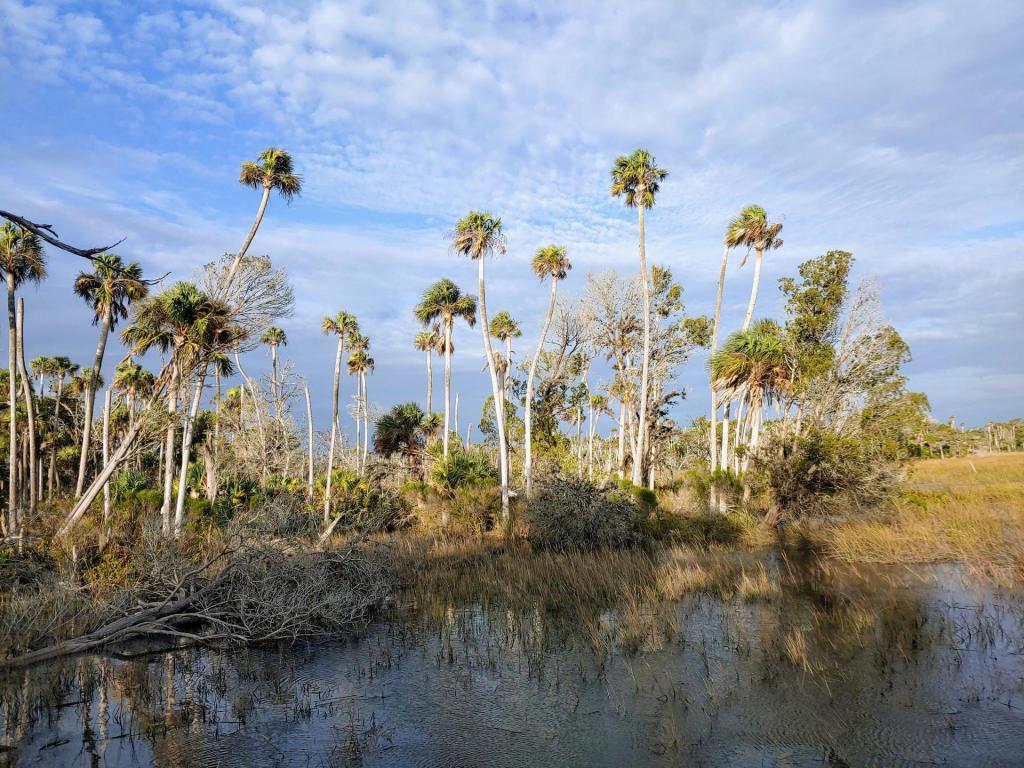

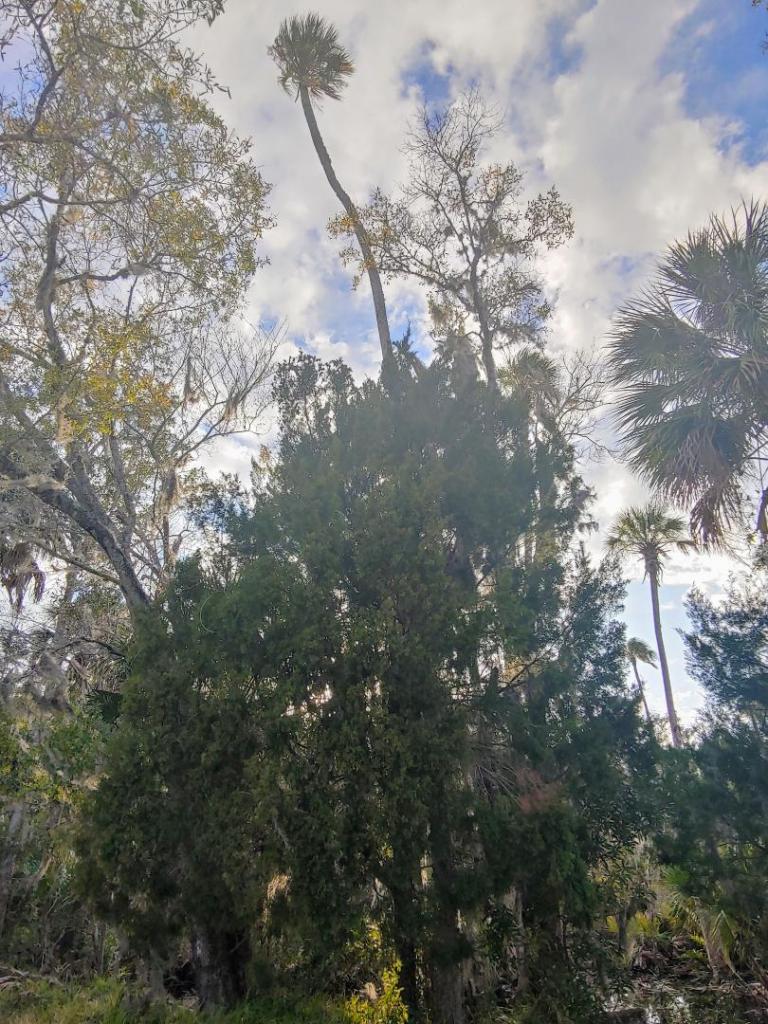
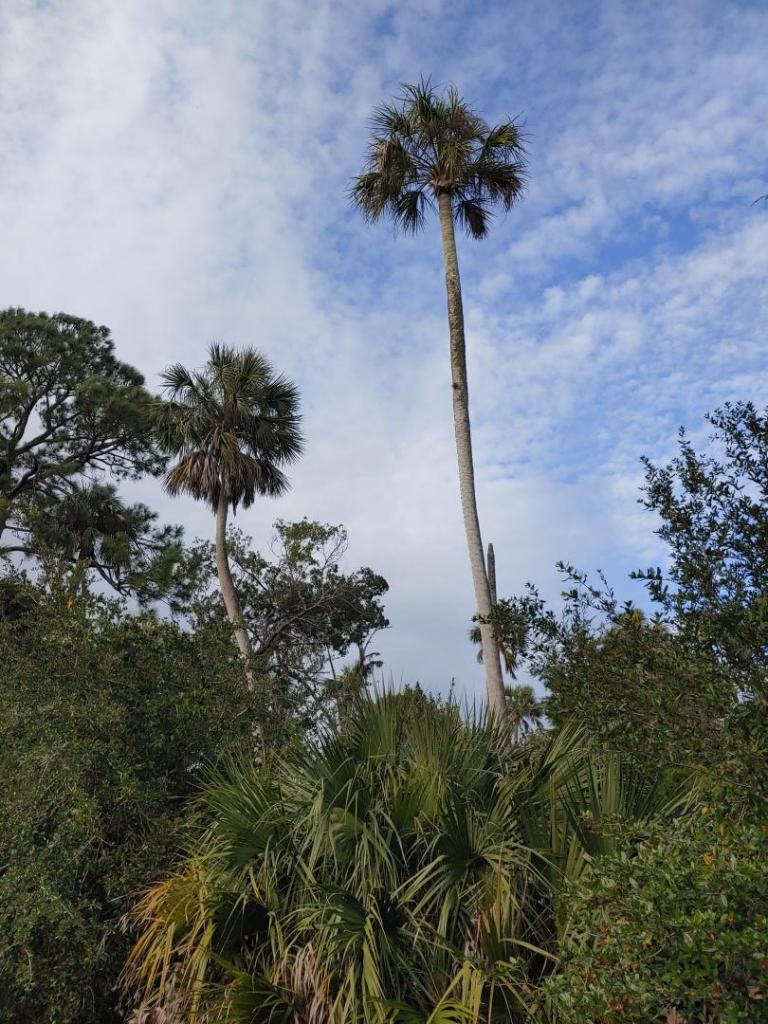
.thumb.jpg.921500c520fee2acce95e1d4acdc7591.jpg)
